PHOTOS: Snowy Riversides and Magical Mountains of Croatia in January 2022
January 28, 2022 – The snowy riversides and magical mountains of Croatia in January 2022 show a spectacular and all-natural winter wonderland.
Snow finally stuck to the streets of central Zagreb for a couple of days this week. Early morning temperatures dropped to the lowest yet of this winter. Despite the chill, clear skies and sunshine days were enough to see the snow soon melt away.
But, far from the city, the snowy riversides and magical mountains of Croatia in January 2022 have kept their white blanket for longer. These all-natural landscapes look epic after the snowfall. For winter walkers and climbers – or even just lovers of photography – these images are way more spectacular than the bright lights and theatre of the Advent season.
Let's take a closer look at the winter wonderland of snowy riversides and magical mountains of Croatia in January 2022.
Gorski Kotar
Delnice, Lokve, Fužine, Stara Sušica, Ravna Gora
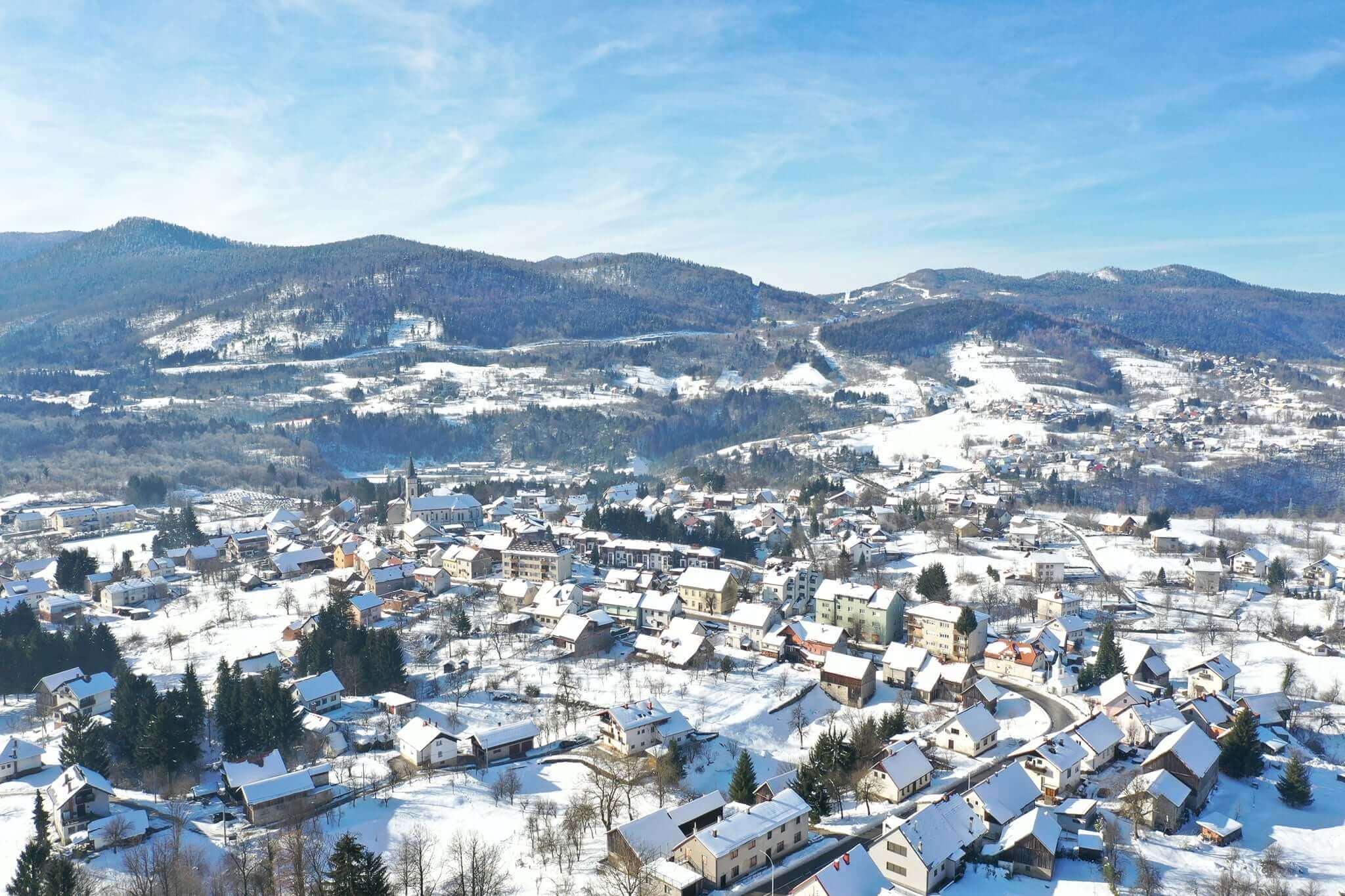 © Turistička zajednica Gorskog kotara
© Turistička zajednica Gorskog kotara
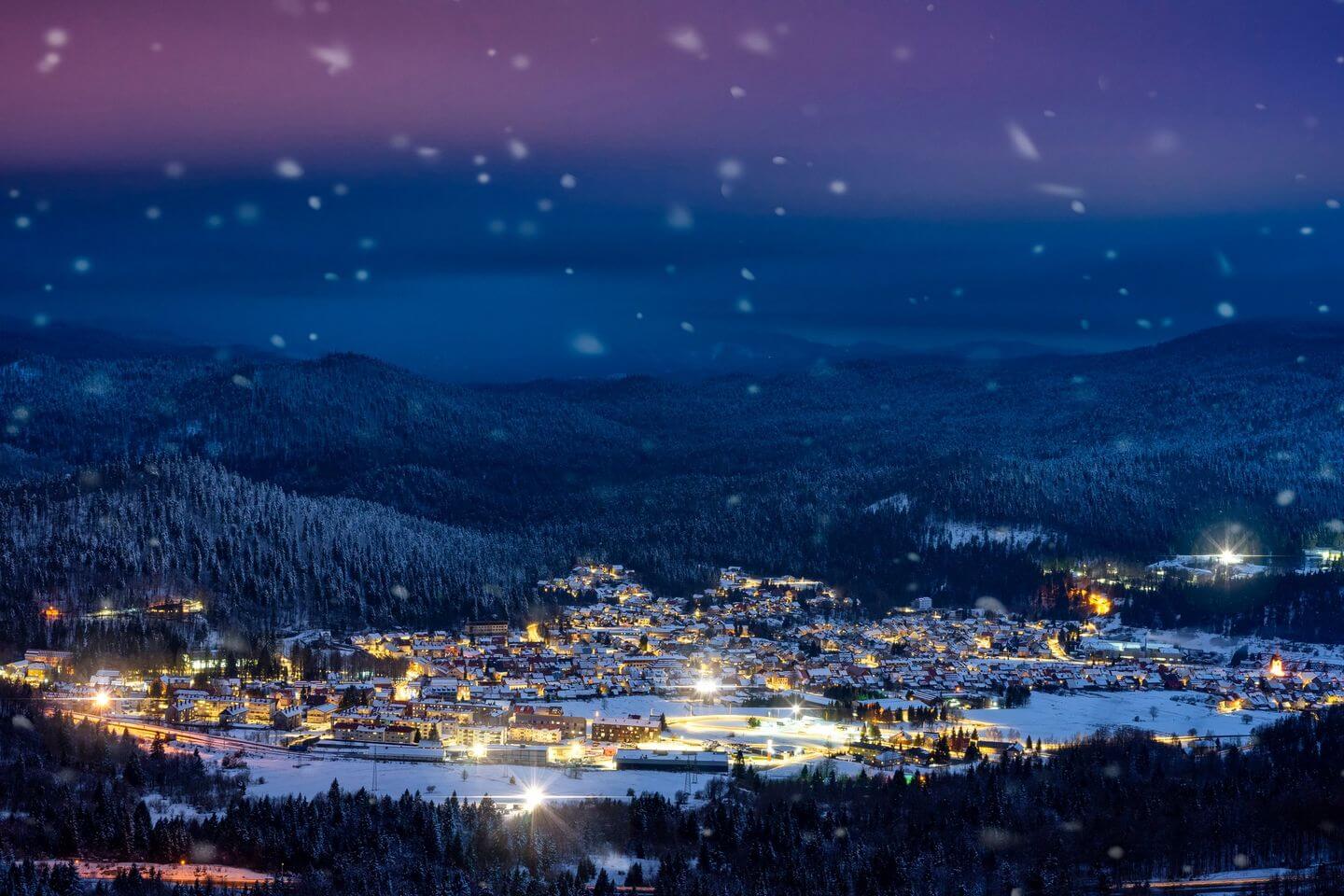 © Turistička zajednica Gorskog kotara
© Turistička zajednica Gorskog kotara
 From above, Dvorac Stara Sušica © Vladimir Franolić
From above, Dvorac Stara Sušica © Vladimir Franolić
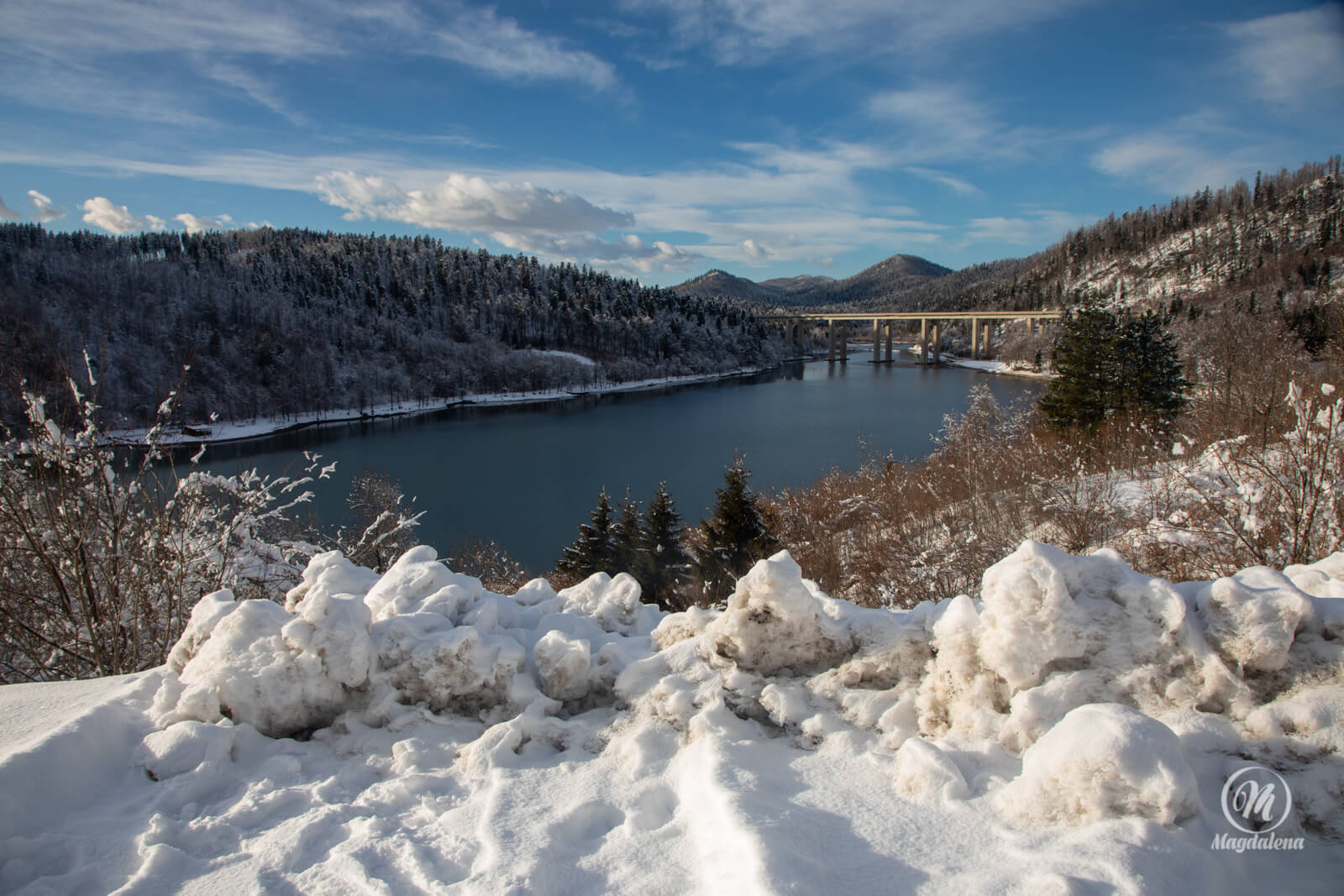 © Branko Lautar & Višnja Bolf
© Branko Lautar & Višnja Bolf
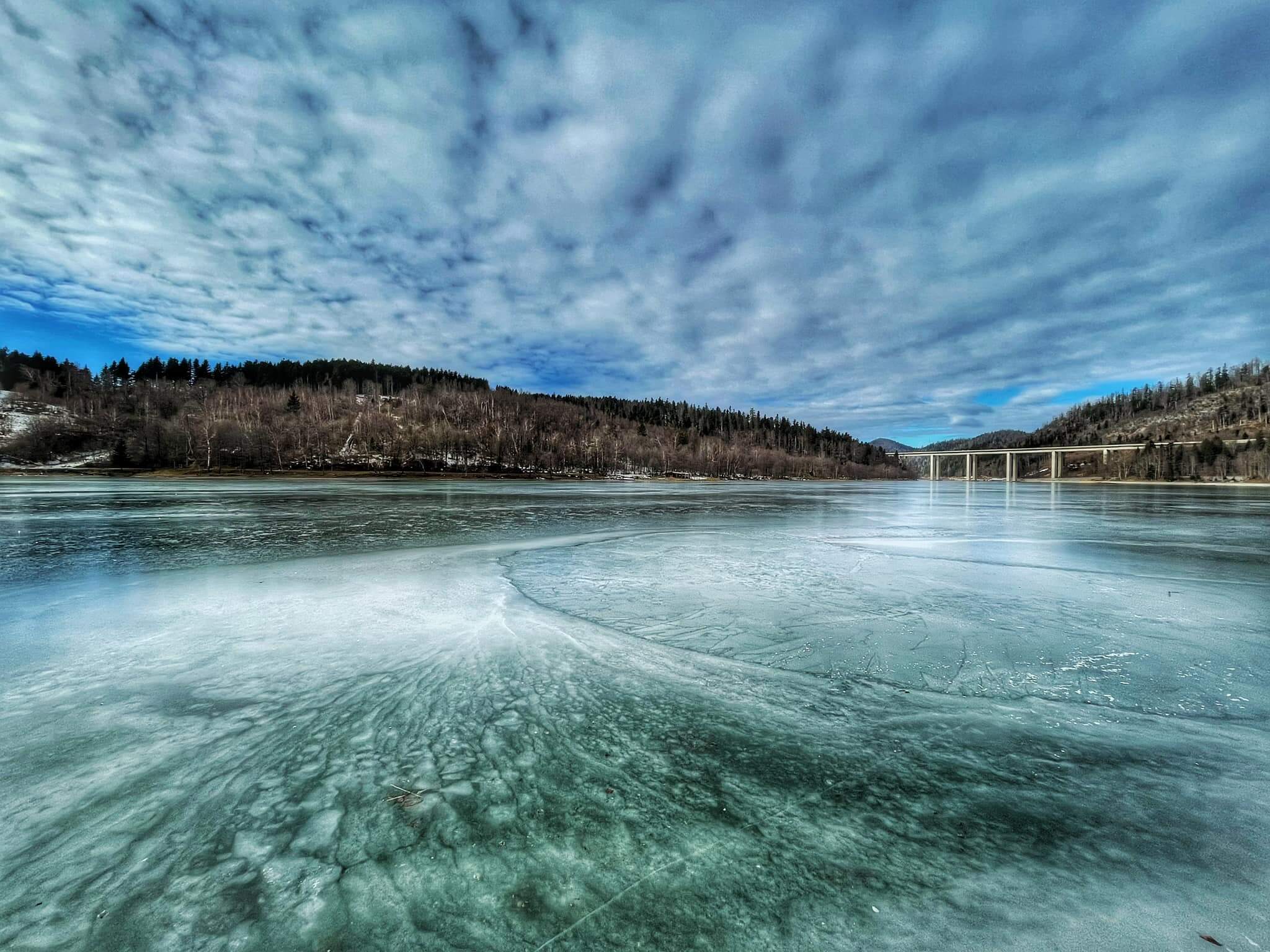 Jezero Bajer near Fužine © Marino Kirinčić
Jezero Bajer near Fužine © Marino Kirinčić
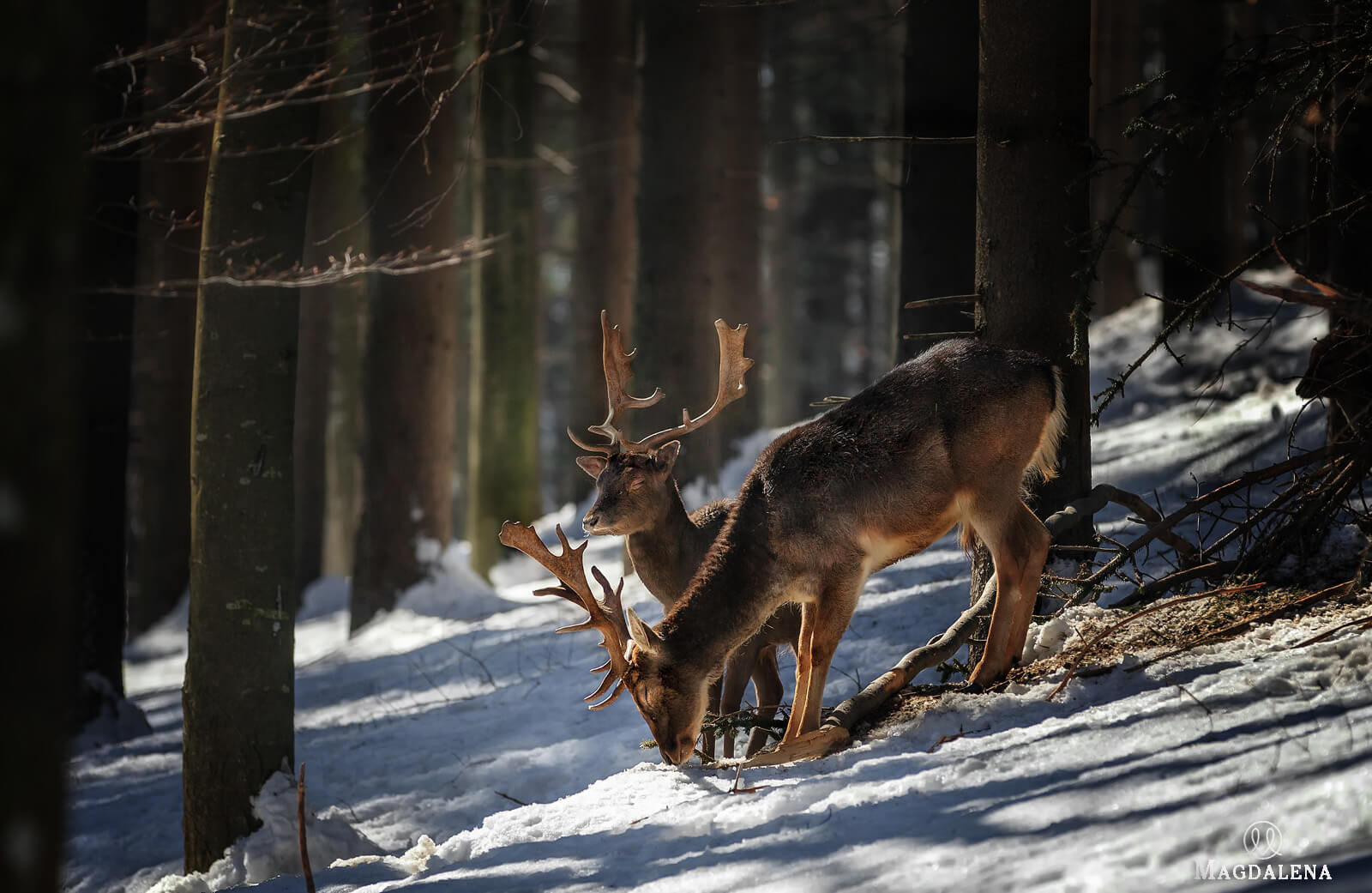 © Branko Lautar & Višnja Bolf
© Branko Lautar & Višnja Bolf
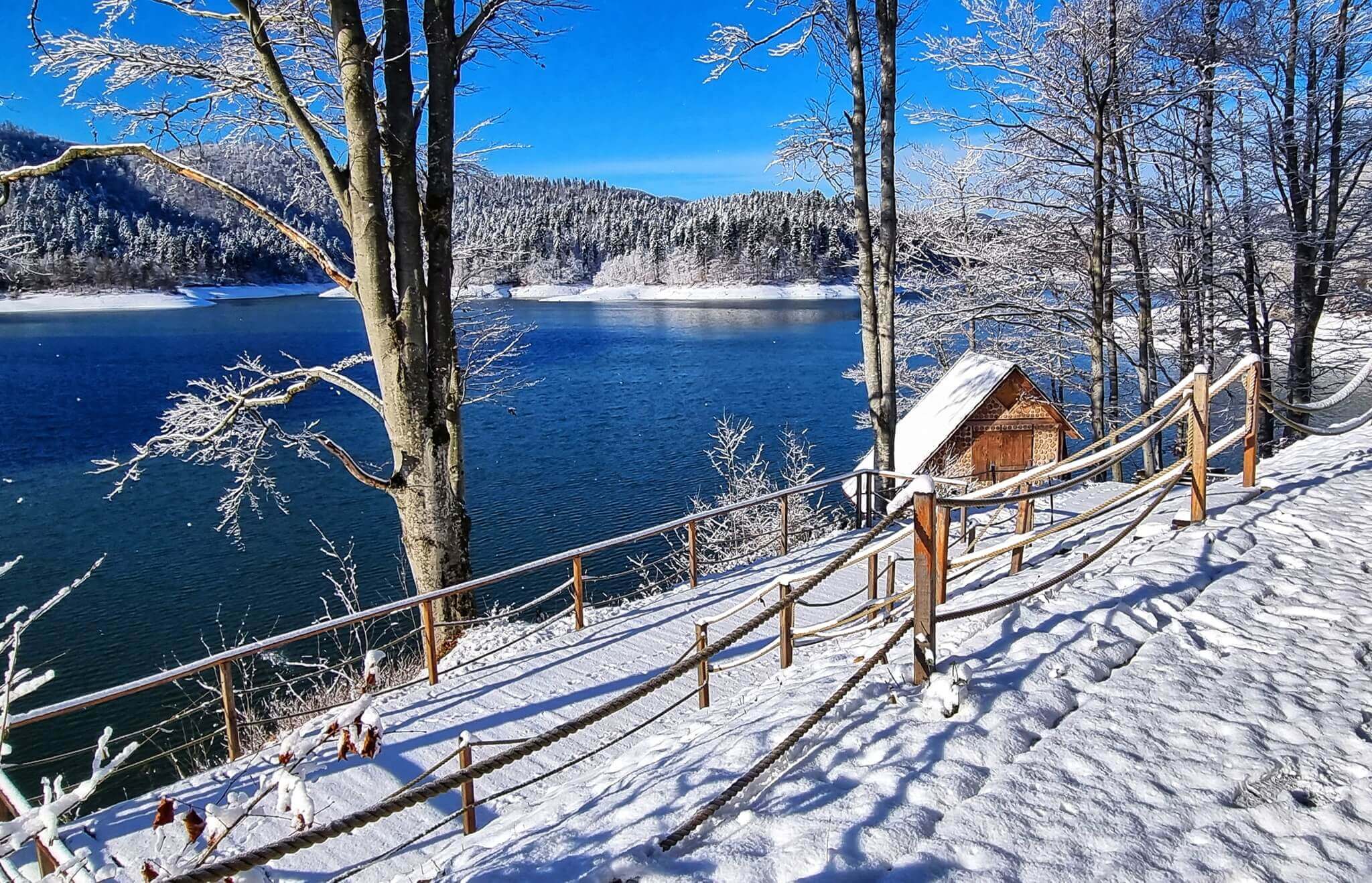 © Turistička zajednica Gorskog kotara
© Turistička zajednica Gorskog kotara
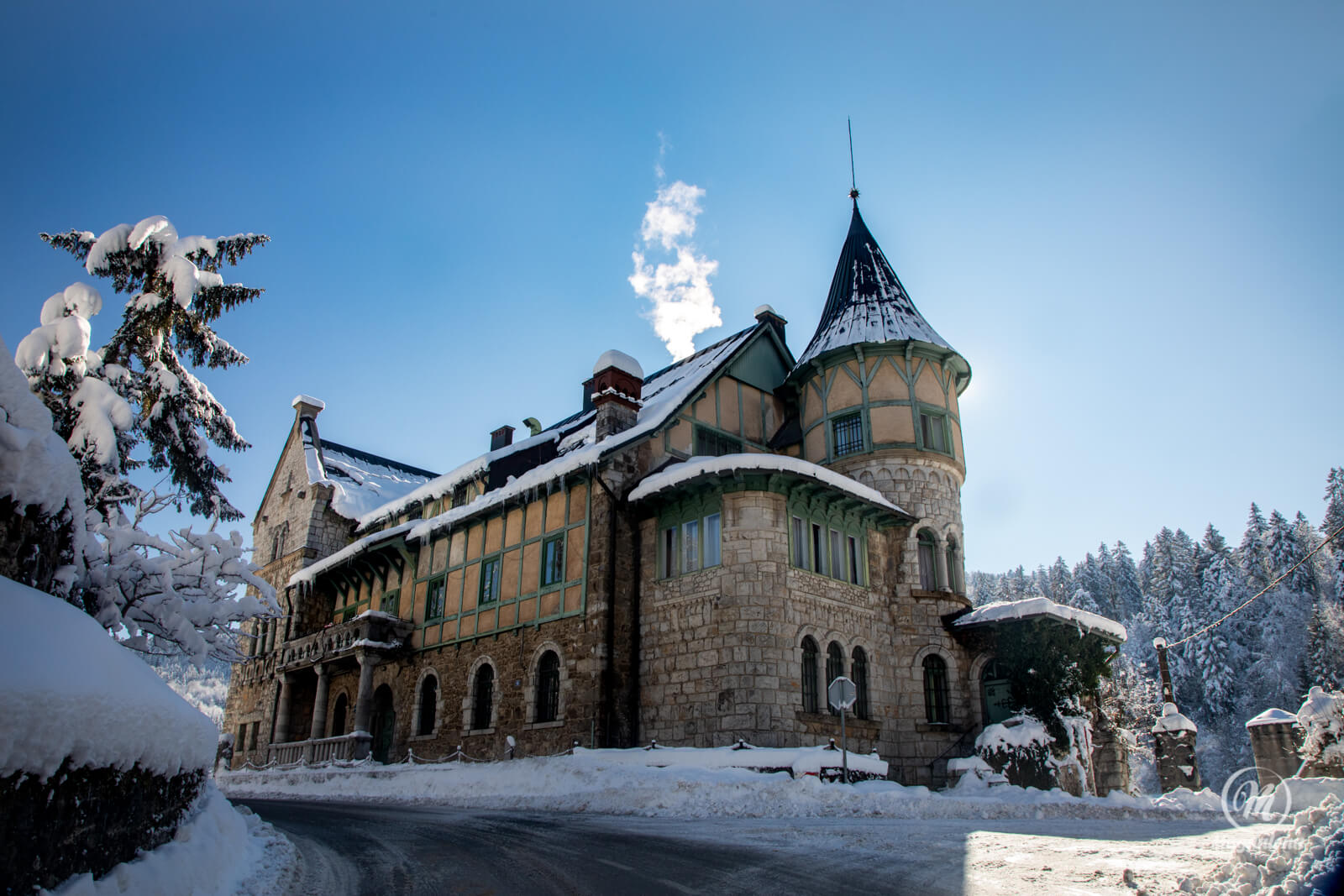 Another view of Dvorac Stara Sušica © Branko Lautar & Višnja Bolf
Another view of Dvorac Stara Sušica © Branko Lautar & Višnja Bolf
Risnjak National Park and Snježnik Hrvatski
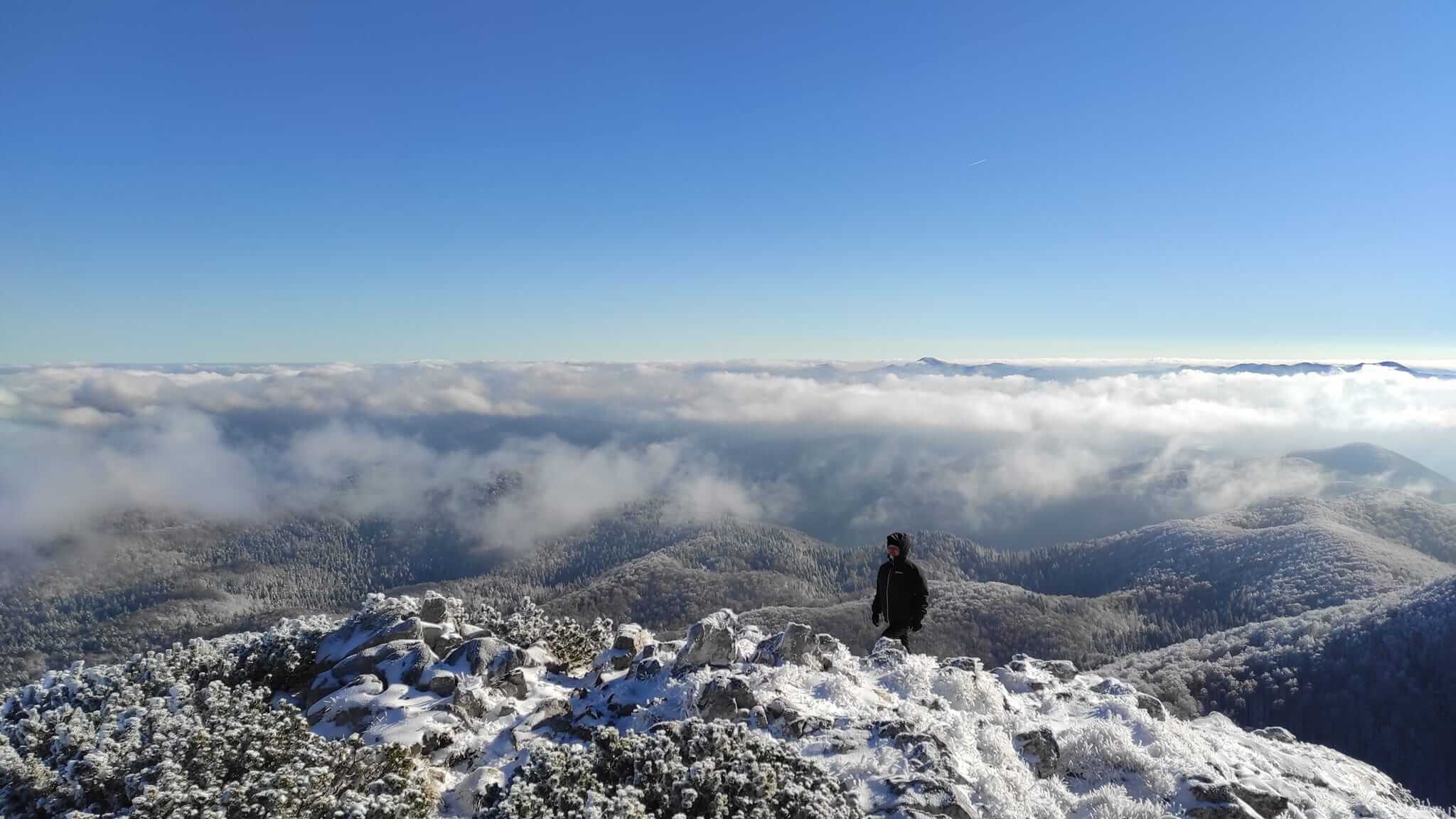 © Risnjak National Park
© Risnjak National Park
 Snježnik hrvatski © Ivan Ćuća-Žentil
Snježnik hrvatski © Ivan Ćuća-Žentil
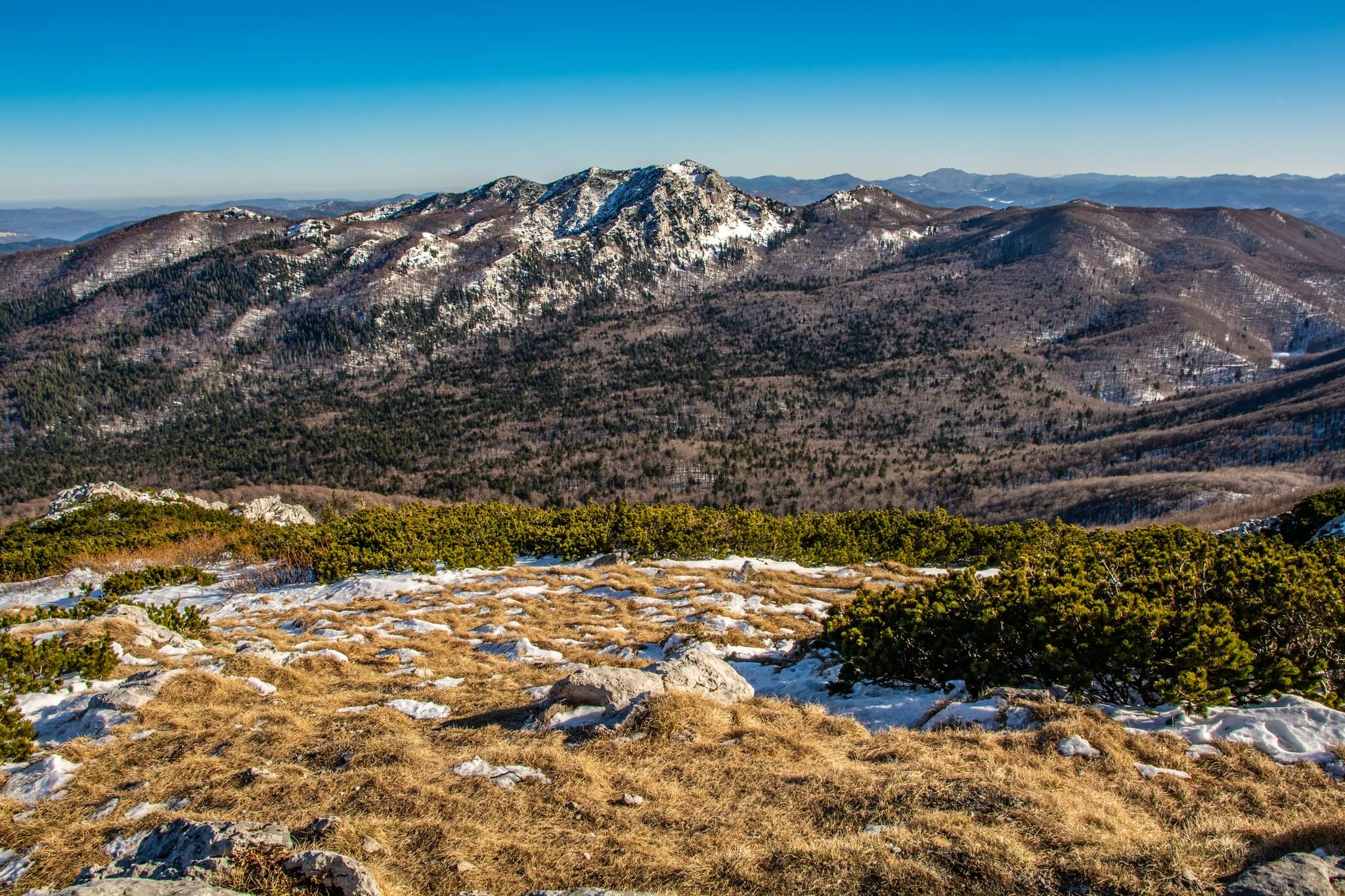 Snježnik hrvatski © Ivan Ćuća-Žentil
Snježnik hrvatski © Ivan Ćuća-Žentil
 Snježnik hrvatski © Ivan Ćuća-Žentil
Snježnik hrvatski © Ivan Ćuća-Žentil
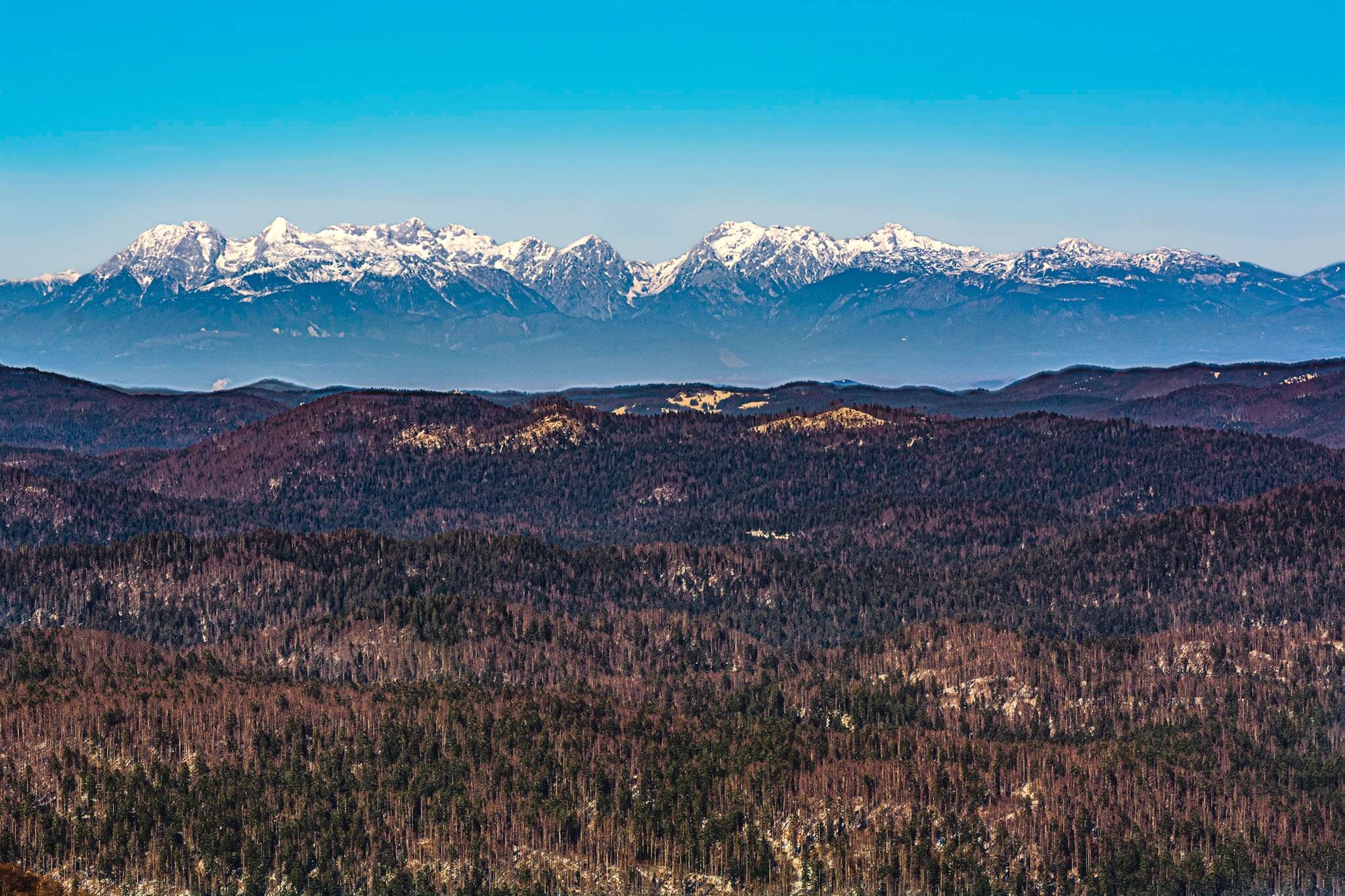 Snježnik hrvatski © Ivan Ćuća-Žentil
Snježnik hrvatski © Ivan Ćuća-Žentil
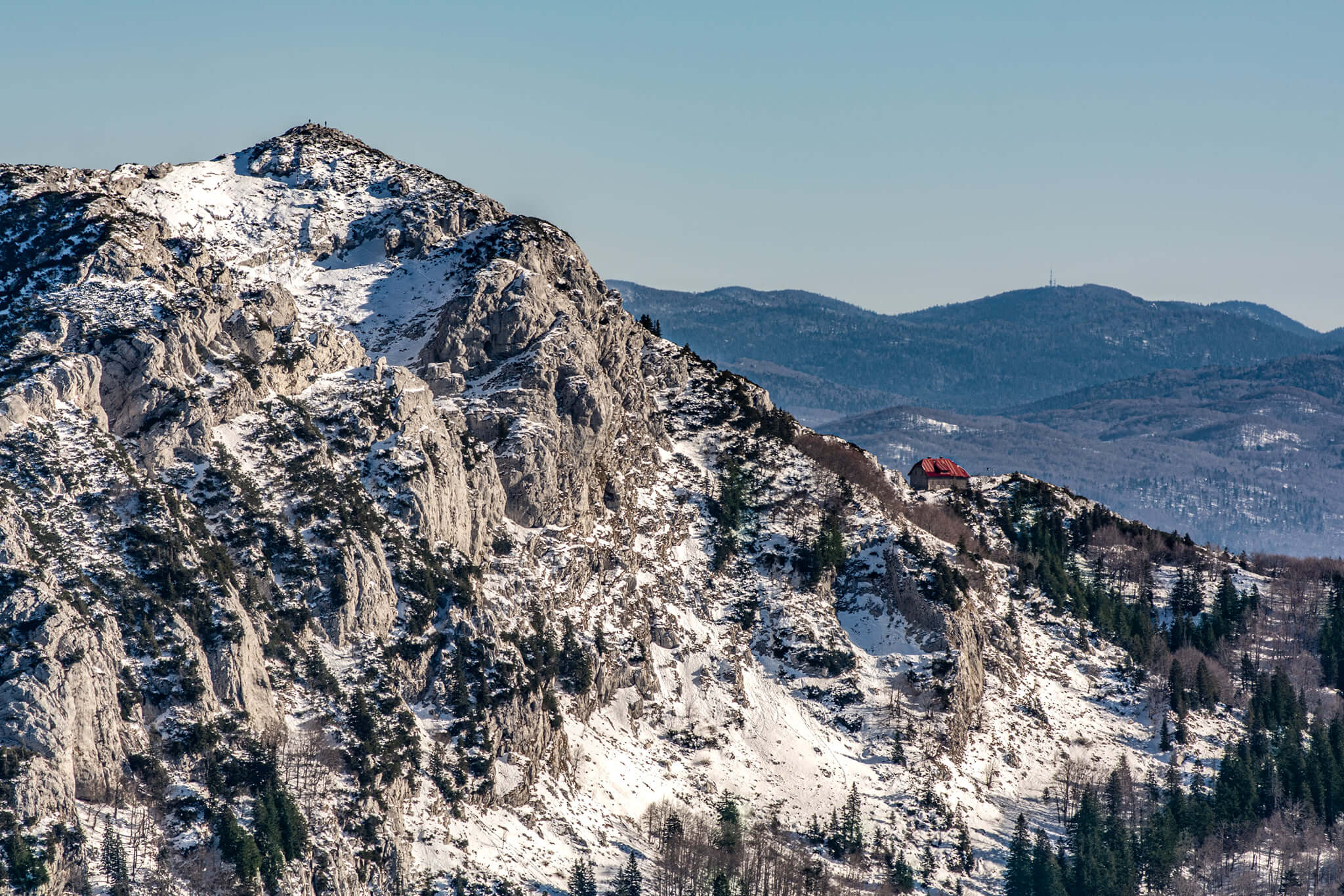 Snježnik hrvatski © Ivan Ćuća-Žentil
Snježnik hrvatski © Ivan Ćuća-Žentil
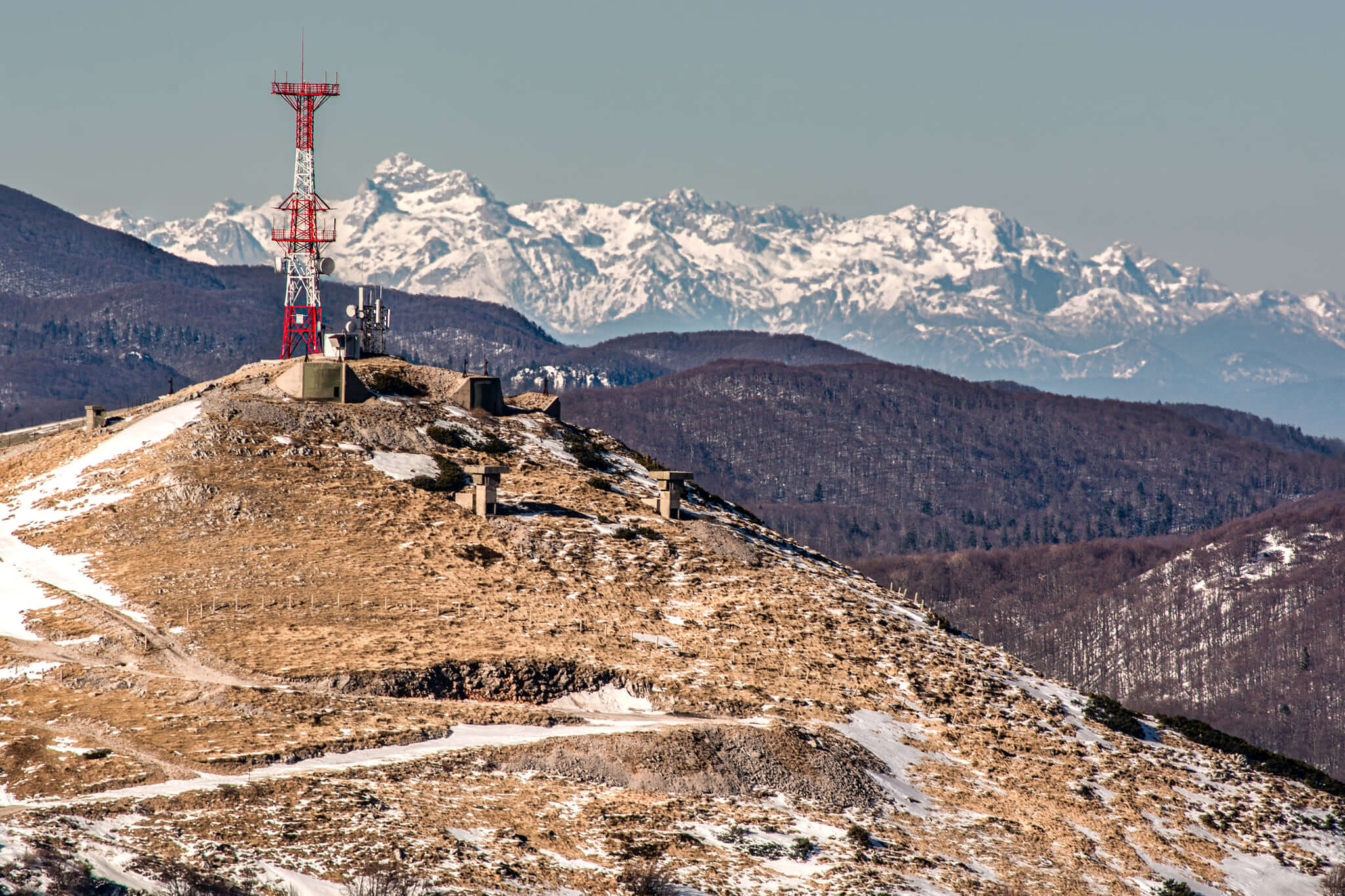 Snježnik hrvatski © Ivan Ćuća-Žentil
Snježnik hrvatski © Ivan Ćuća-Žentil
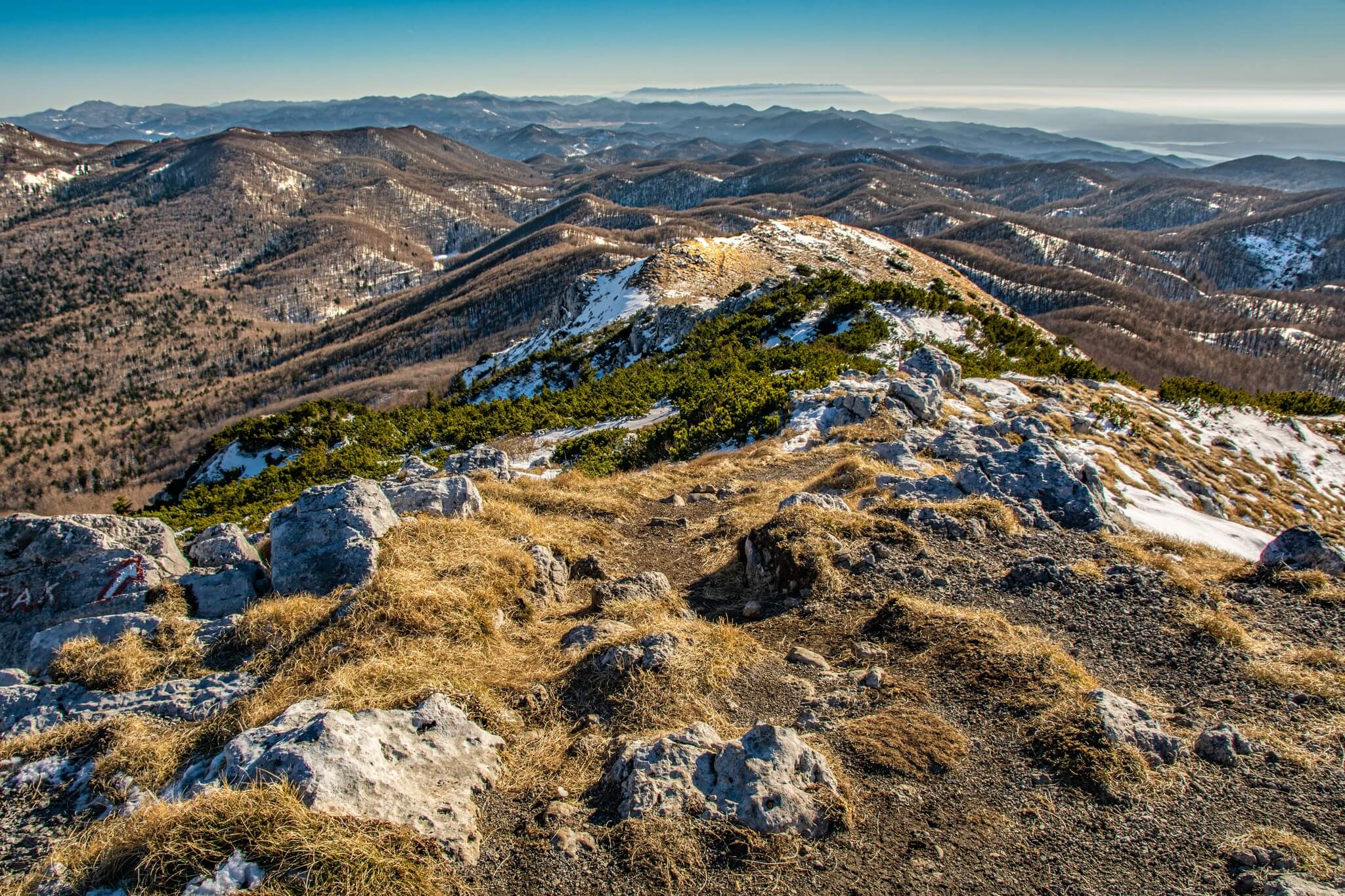 Snježnik hrvatski © Ivan Ćuća-Žentil
Snježnik hrvatski © Ivan Ćuća-Žentil
For more about Risnjak National Park, look here
Velebit
Northern Velebit National Park
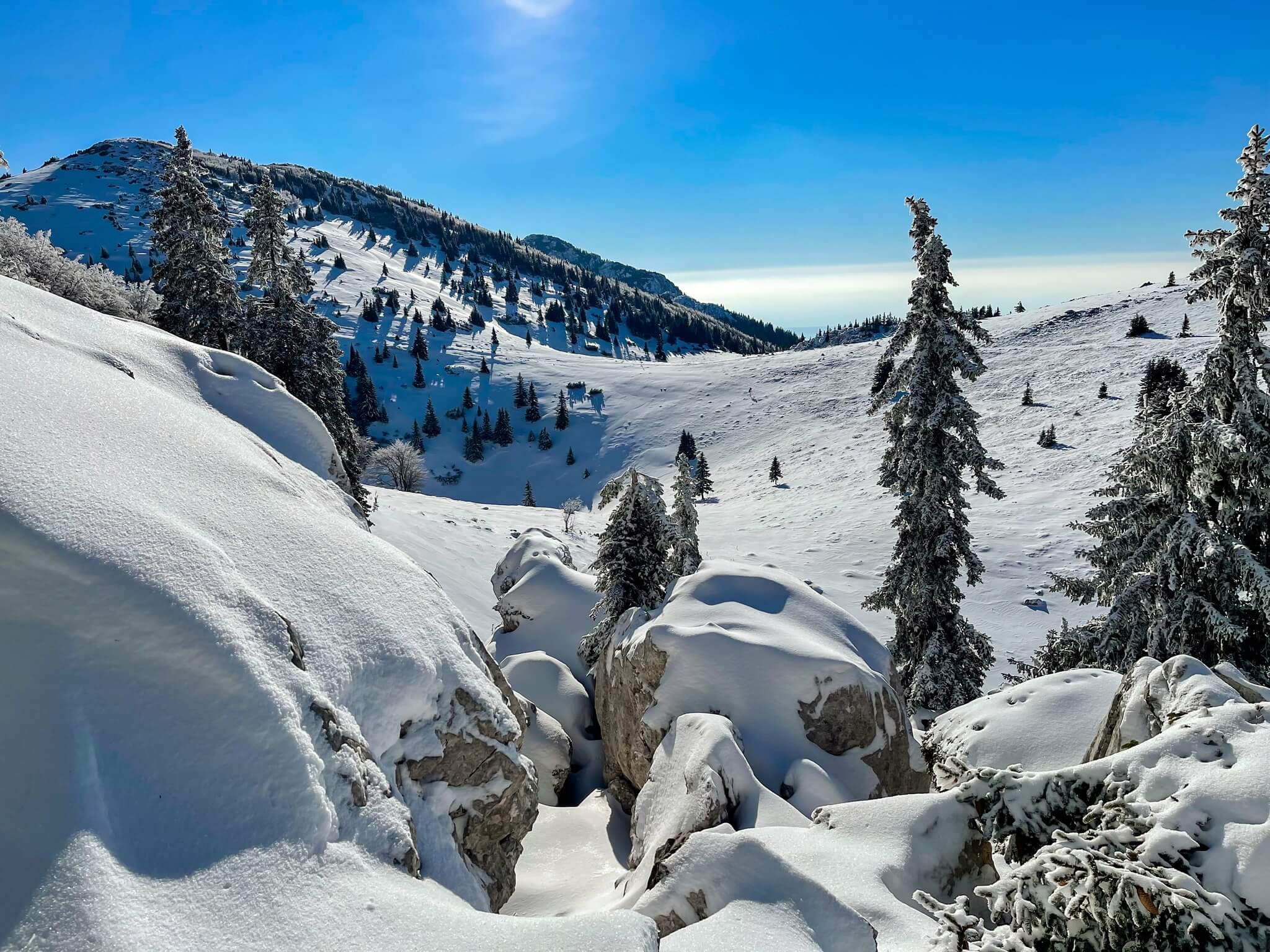 © Dejan Delač
© Dejan Delač
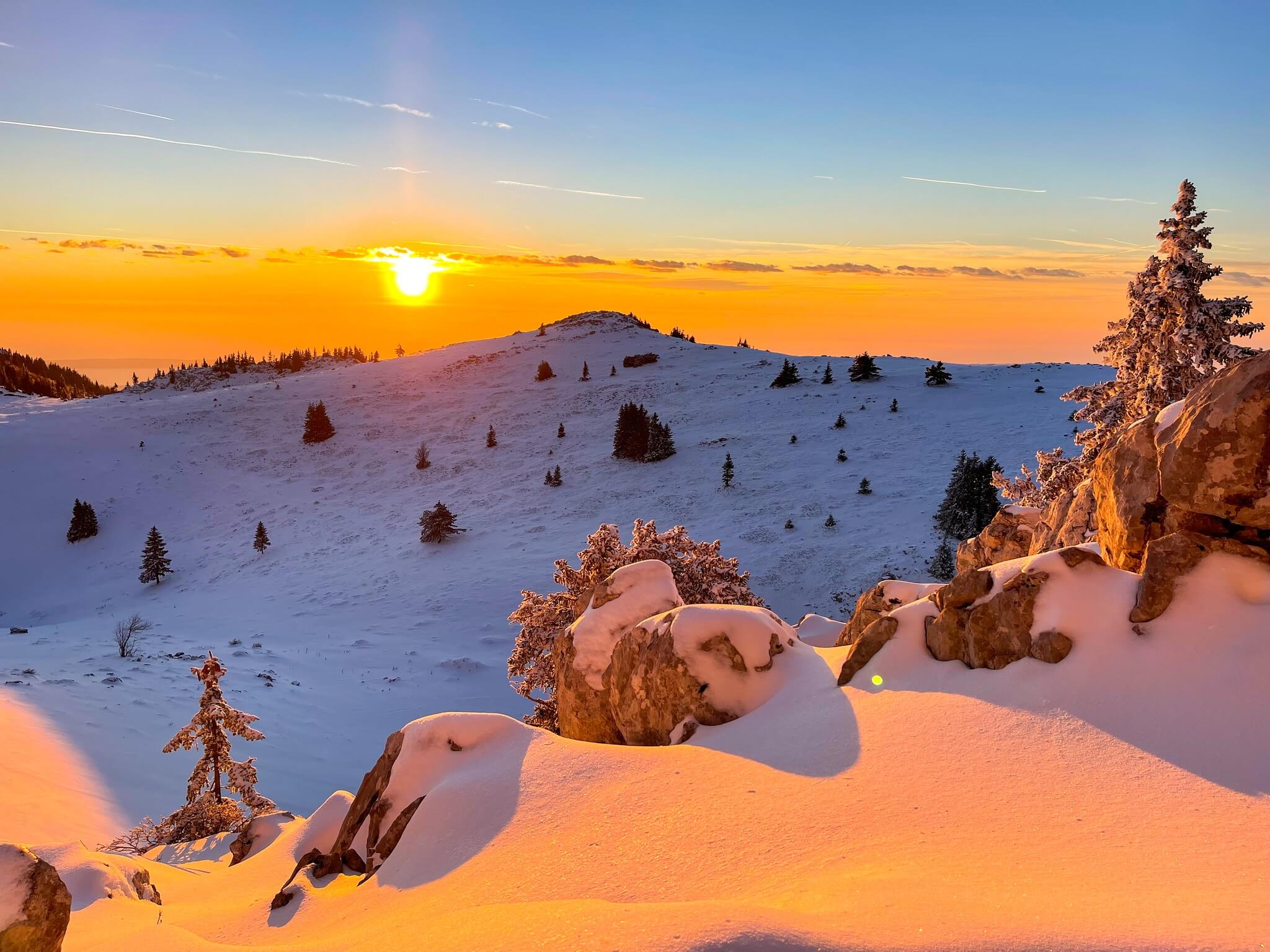 © Dejan Delač
© Dejan Delač
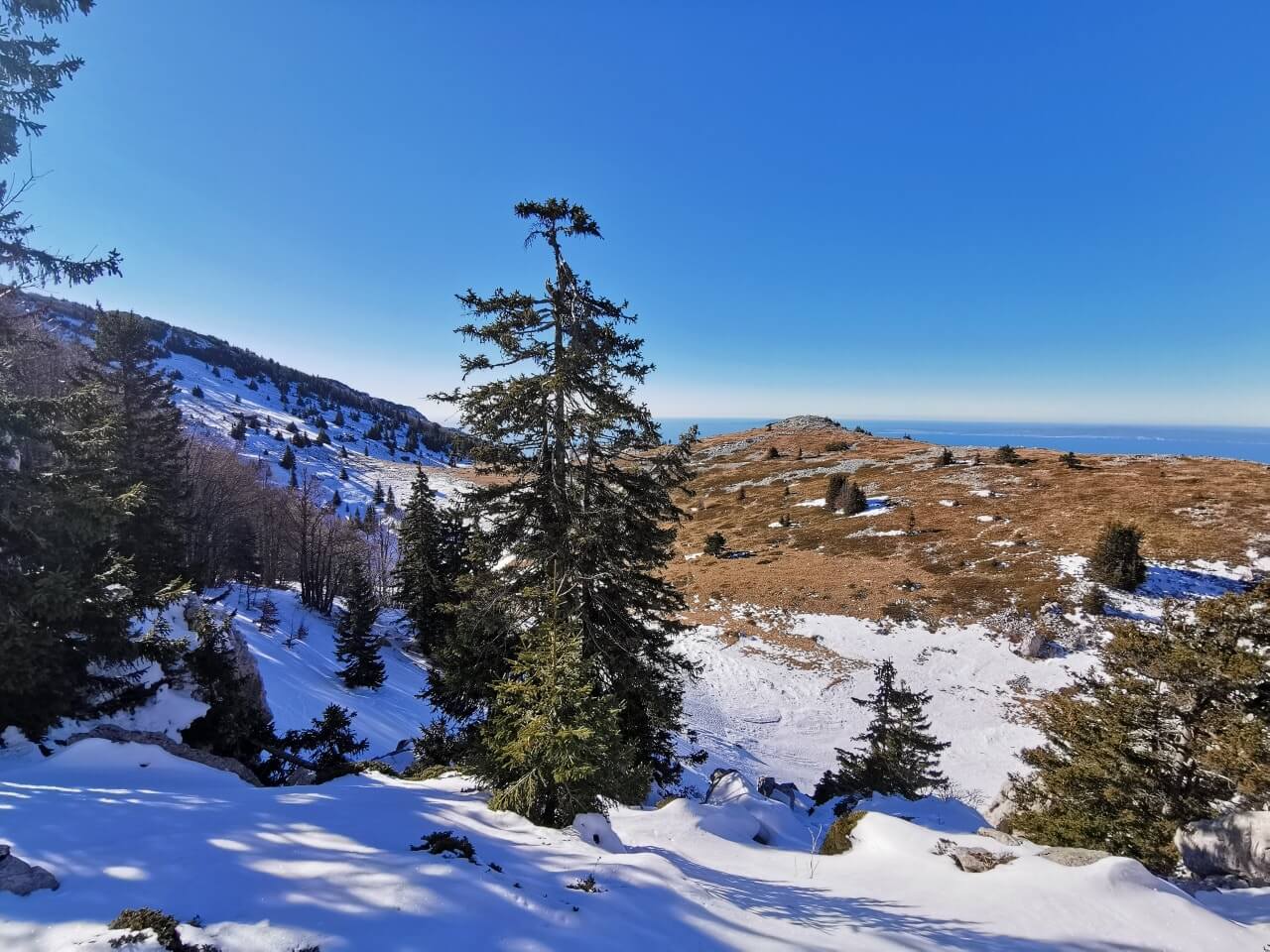 © Vedran Katalinić
© Vedran Katalinić
For more about Northern Velebit National Park, look here
Velebit Nature Park
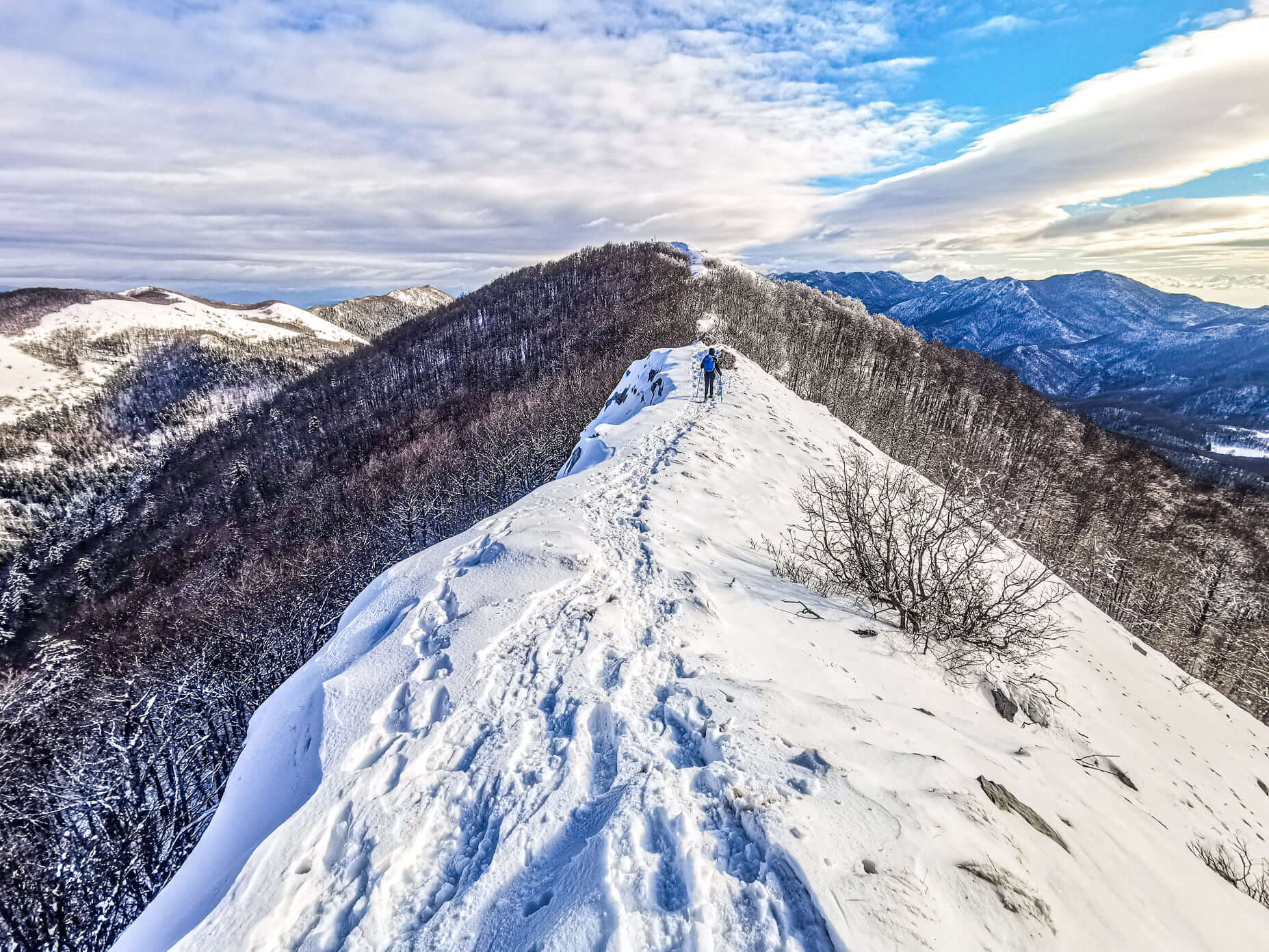 Ljubičko Brdo © Ivan Ćuća-Žentil
Ljubičko Brdo © Ivan Ćuća-Žentil
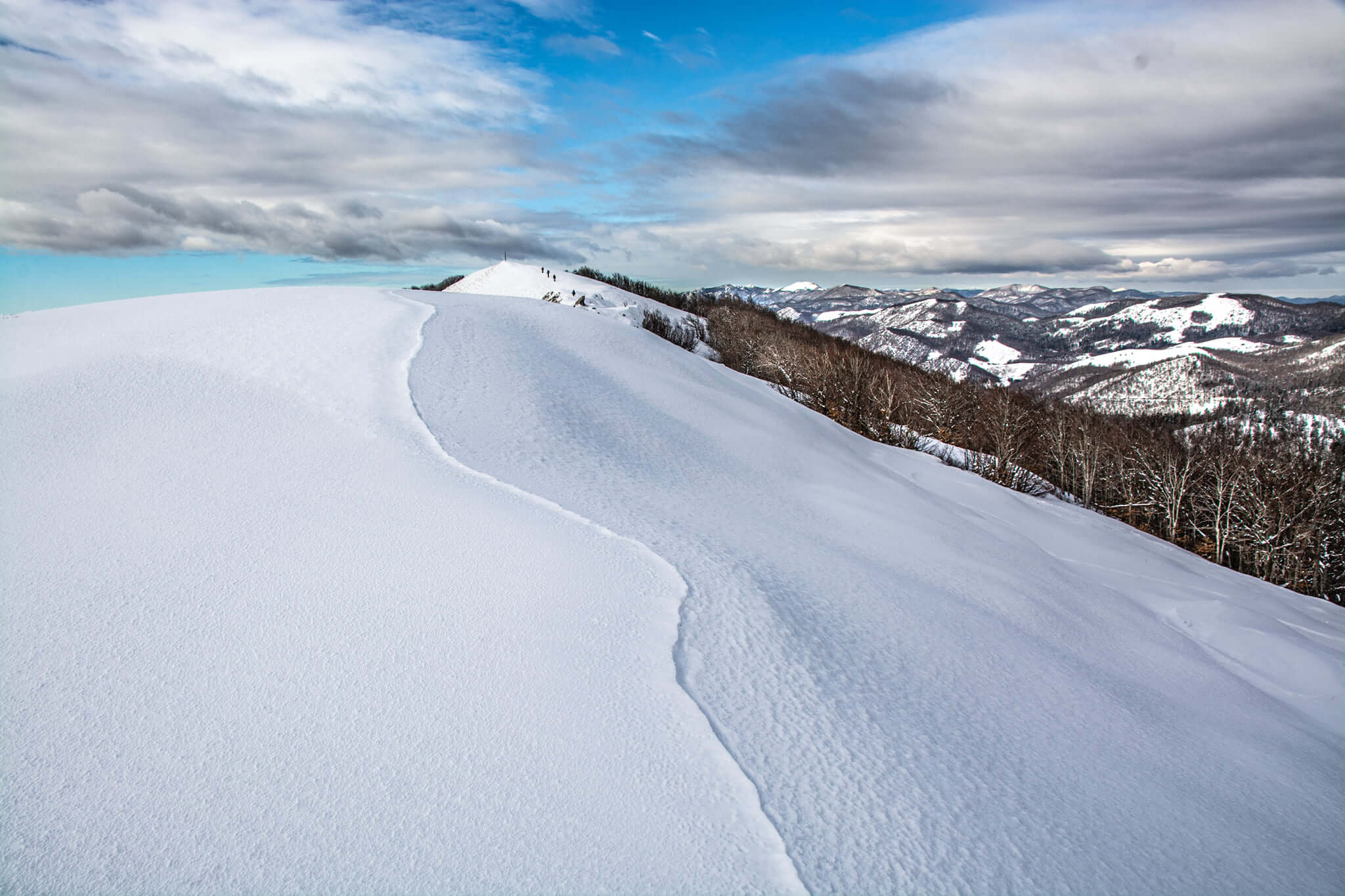 Ljubičko Brdo © Ivan Ćuća-Žentil
Ljubičko Brdo © Ivan Ćuća-Žentil
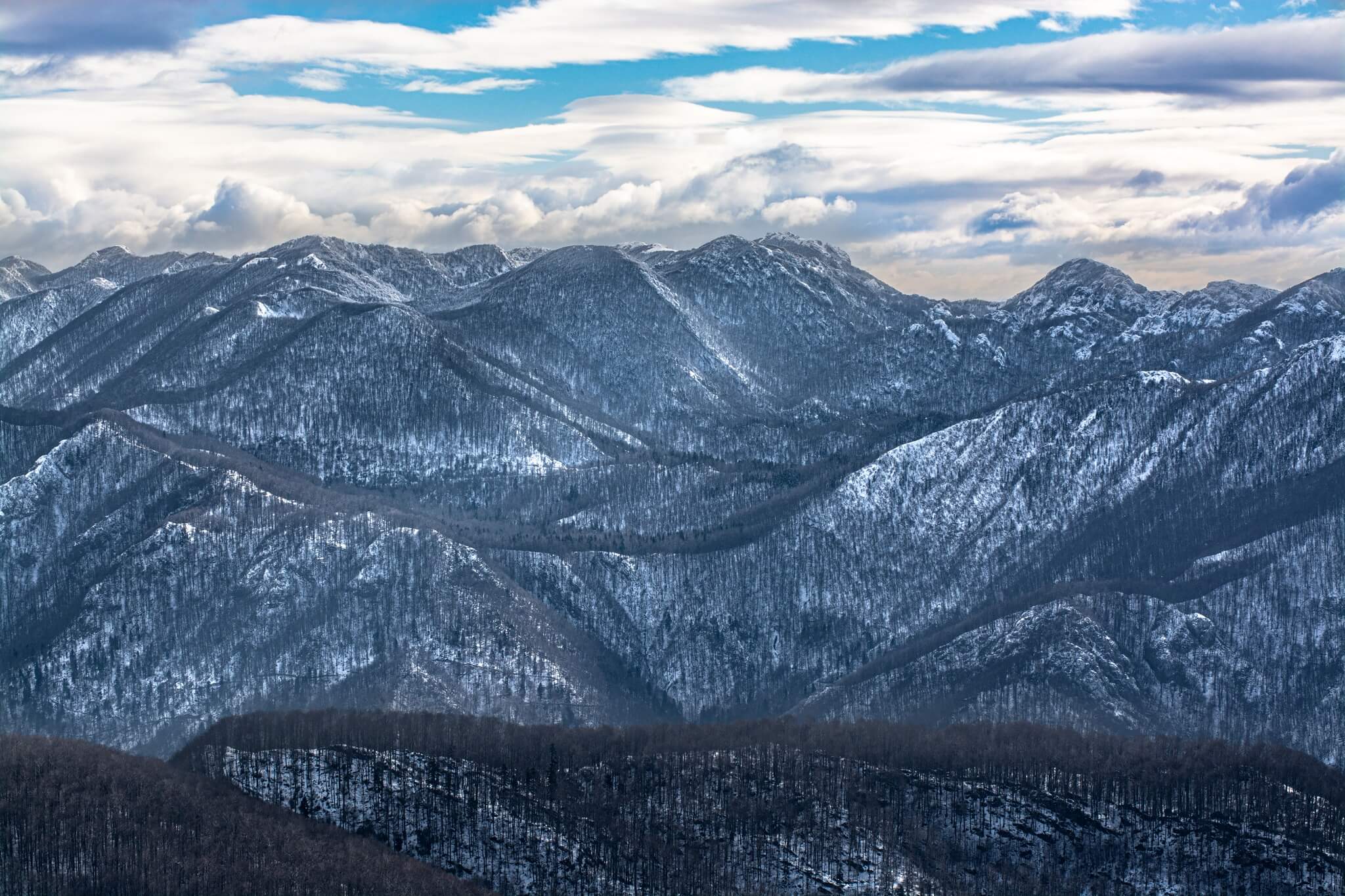 Ljubičko Brdo © Ivan Ćuća-Žentil
Ljubičko Brdo © Ivan Ćuća-Žentil
 Ljubičko Brdo © Ivan Ćuća-Žentil
Ljubičko Brdo © Ivan Ćuća-Žentil
 Ljubičko Brdo © Ivan Ćuća-Žentil
Ljubičko Brdo © Ivan Ćuća-Žentil
Paklenica National Park
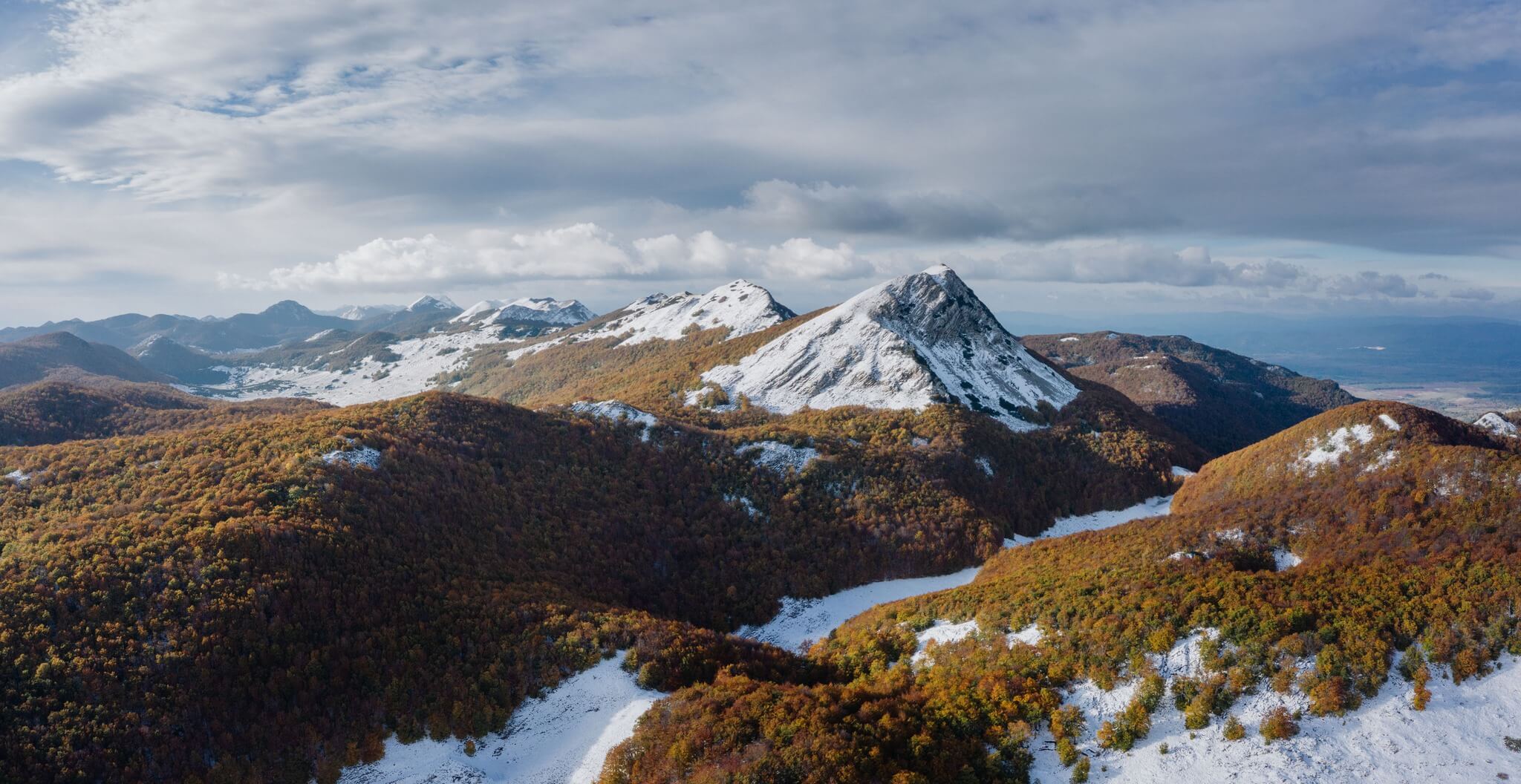 © Mario Jurina
© Mario Jurina
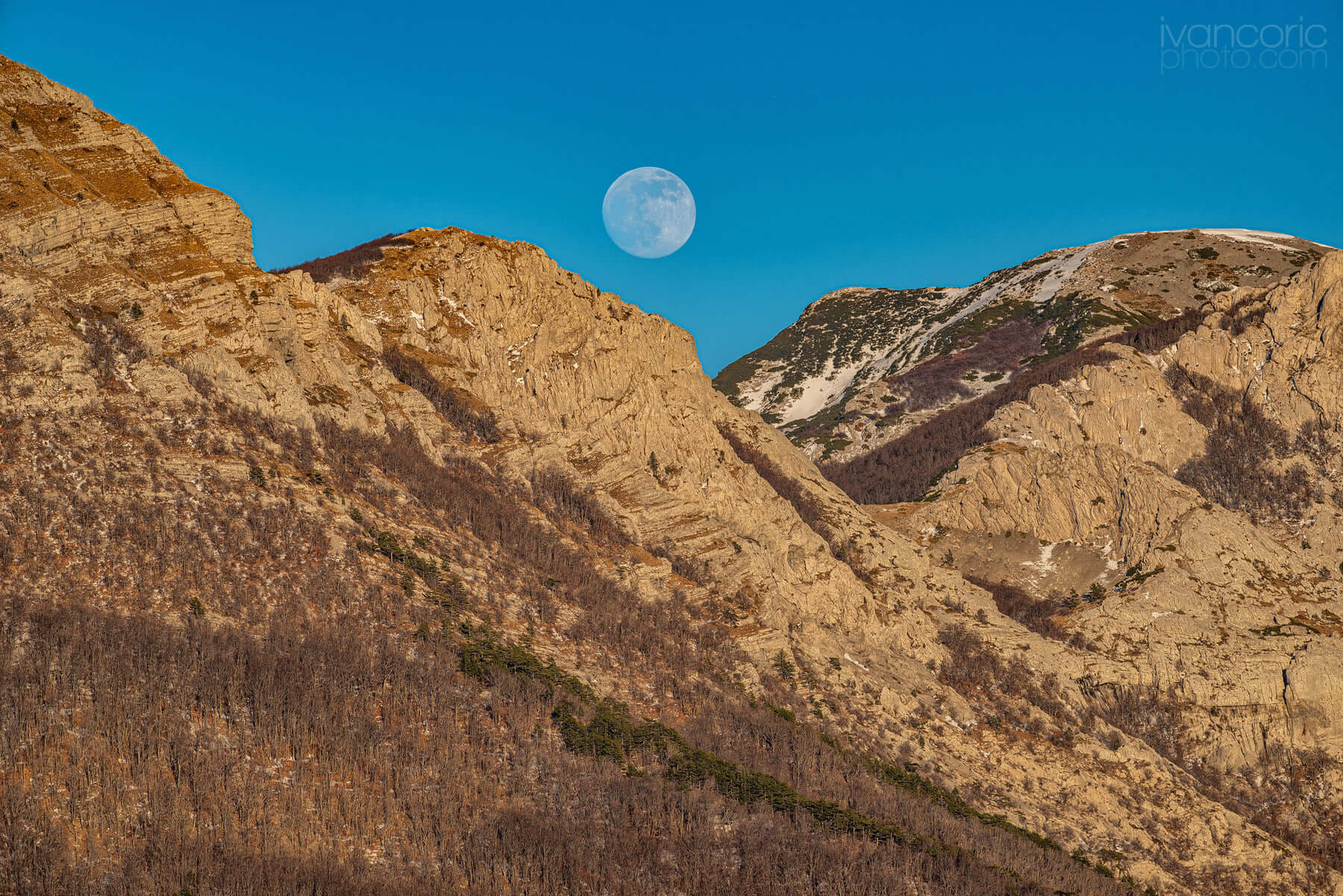 Bojinac © Ivan Coric Photography
Bojinac © Ivan Coric Photography
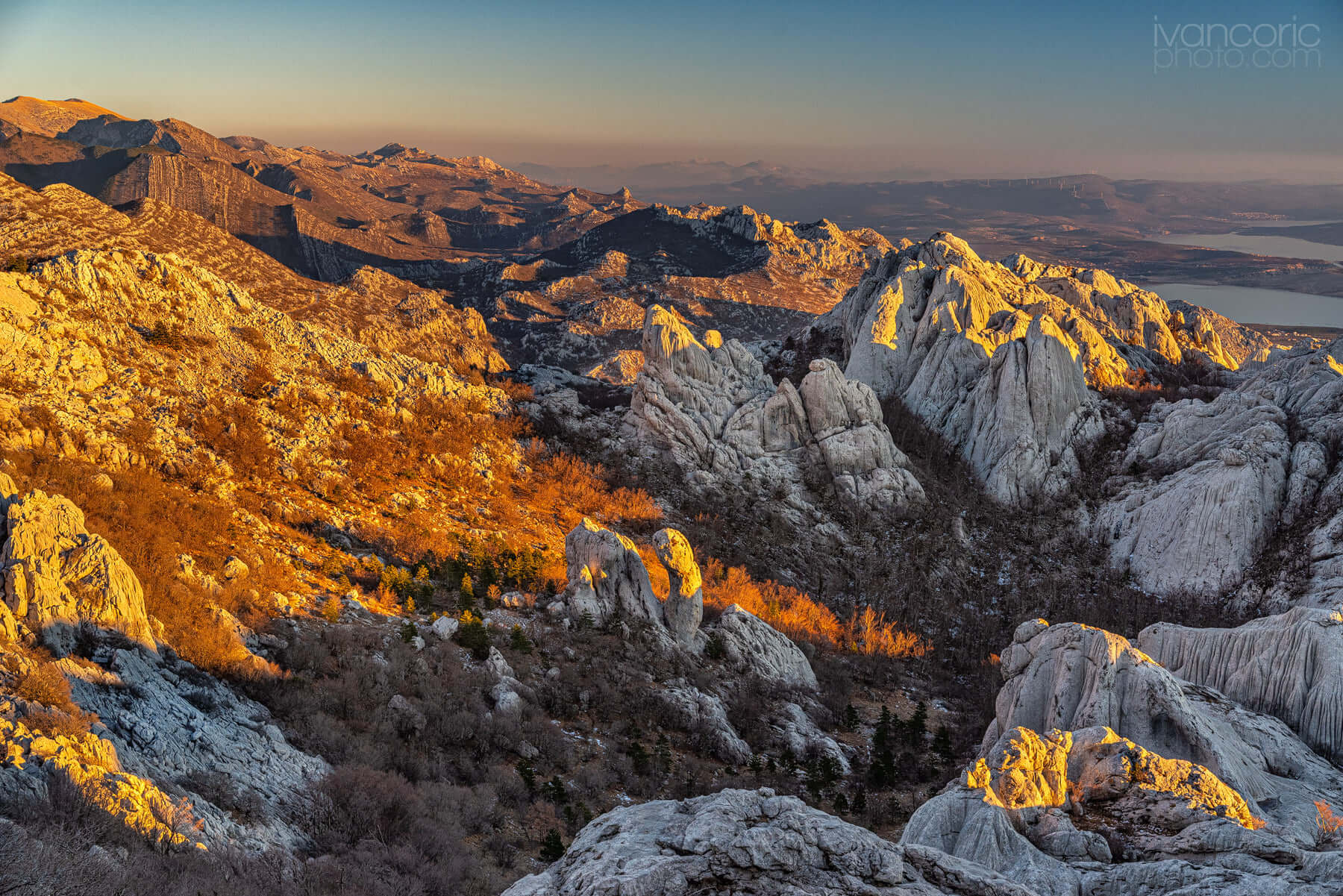 Bojinac © Ivan Coric Photography
Bojinac © Ivan Coric Photography
For more about Paklenica National Park, look here
Kloštar Podravski, Podravina and Koprivnica-Križevci County
 © Ivan Nemet
© Ivan Nemet
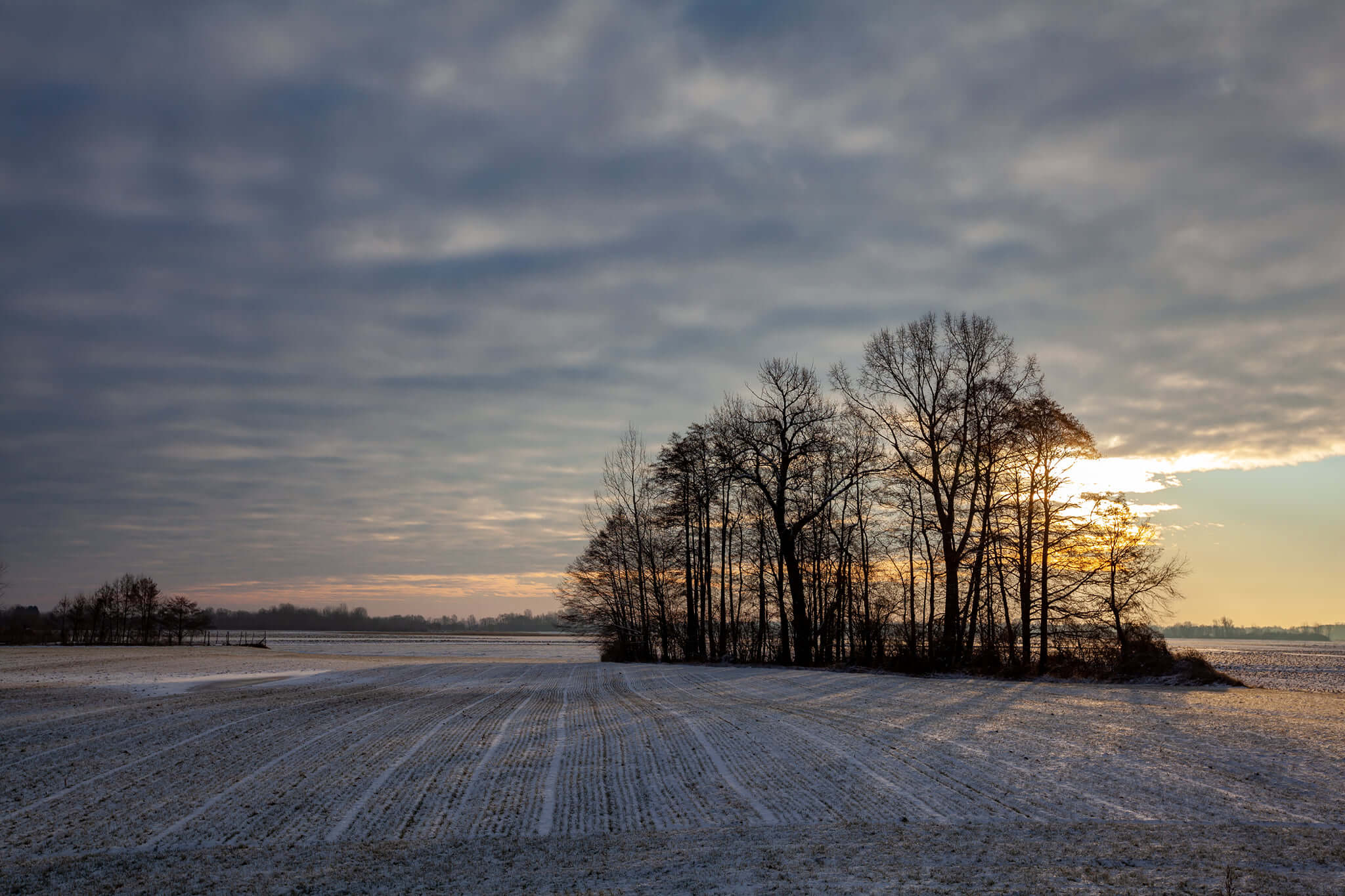 © Ivan Nemet
© Ivan Nemet
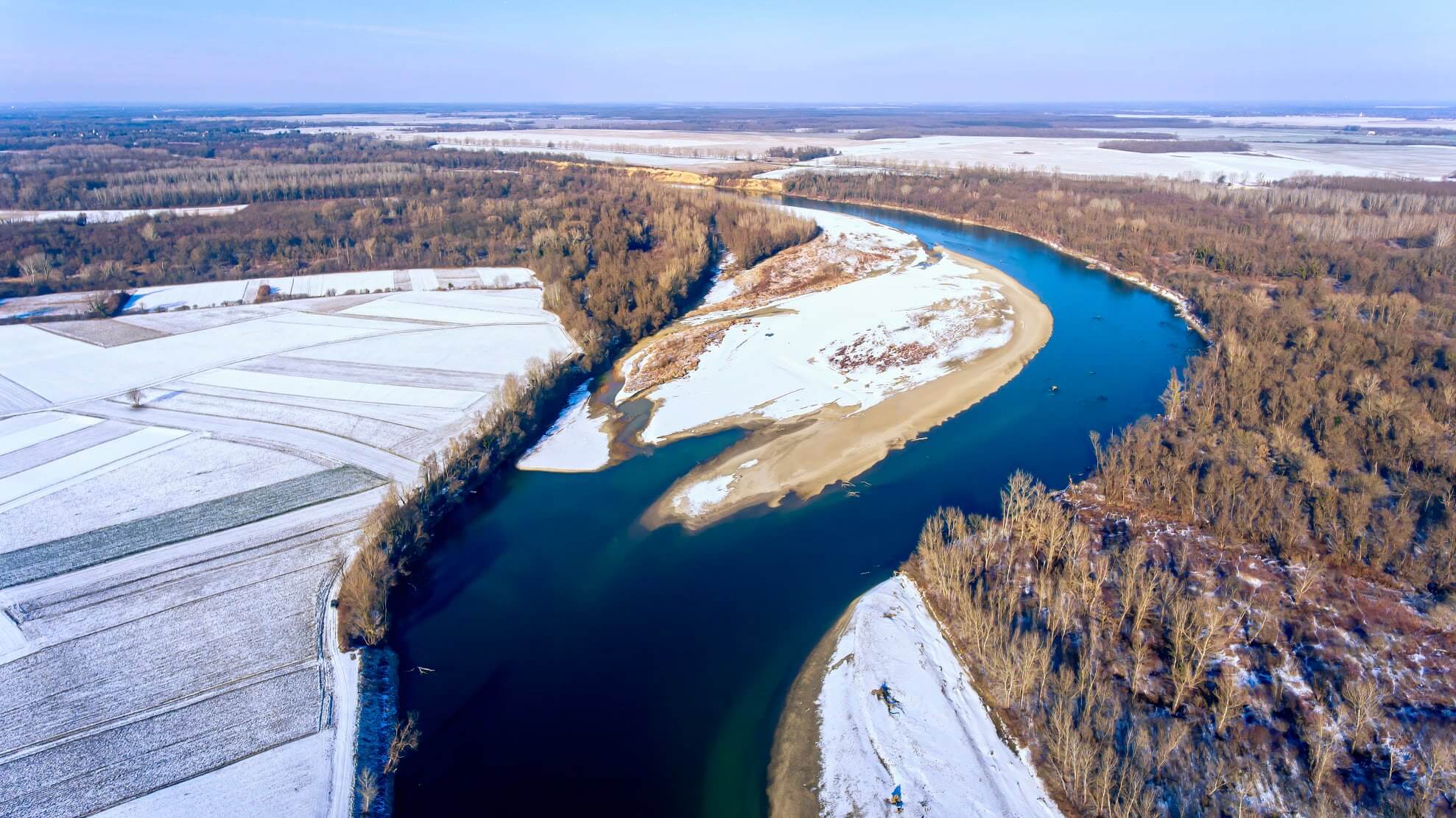 © Ivan Nemet
© Ivan Nemet
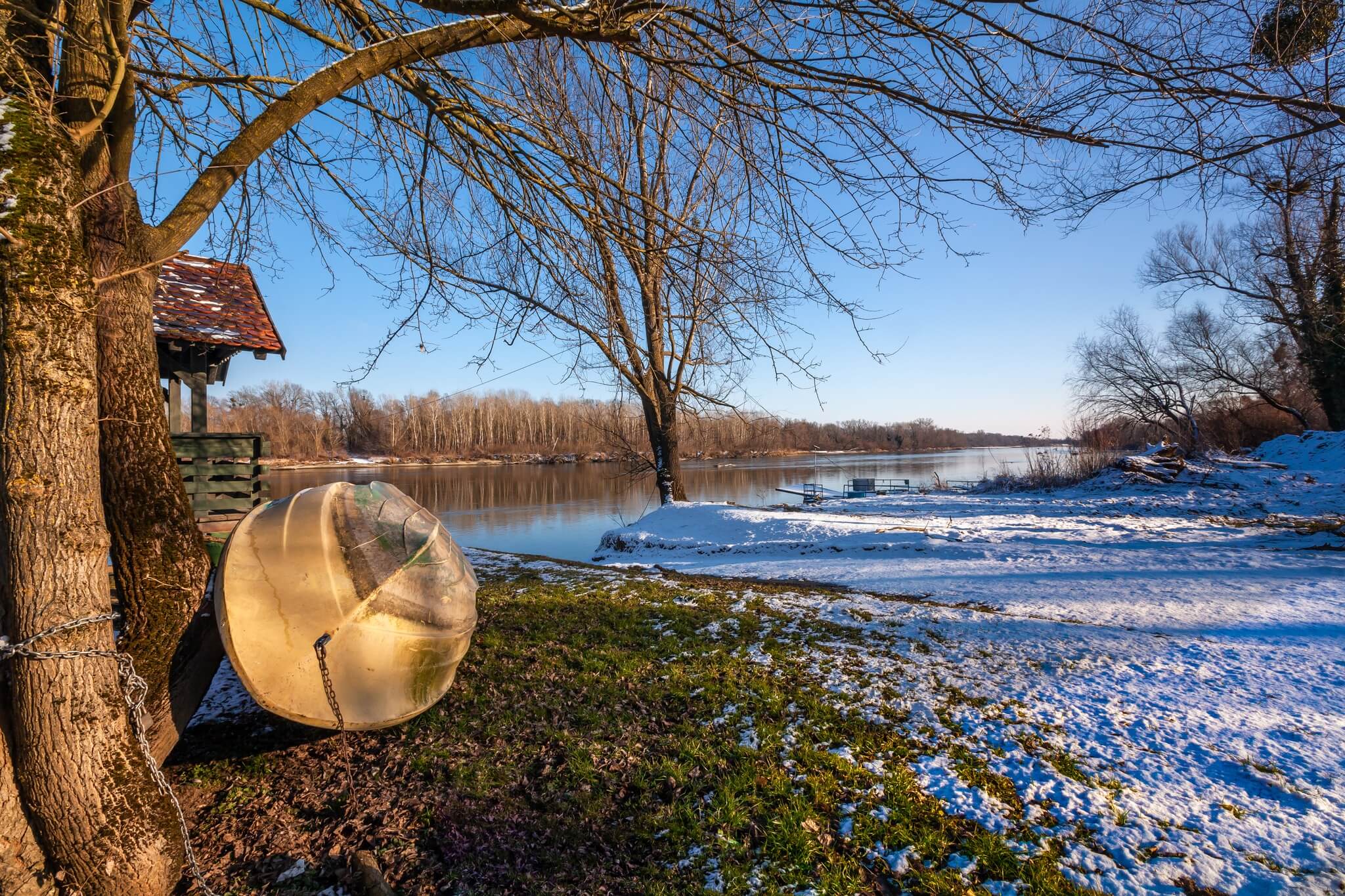 © Ivan Nemet
© Ivan Nemet
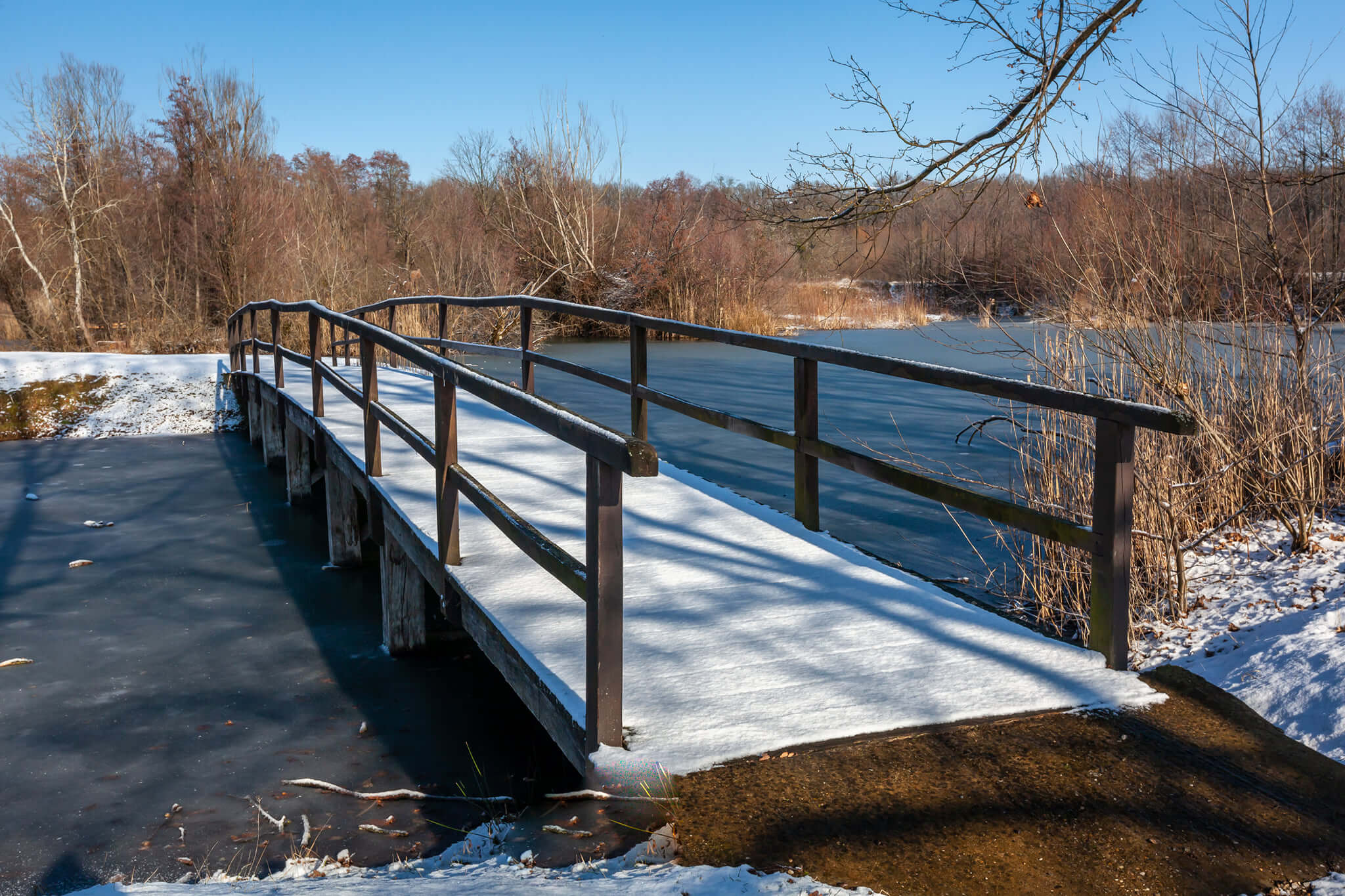 © Ivan Nemet
© Ivan Nemet
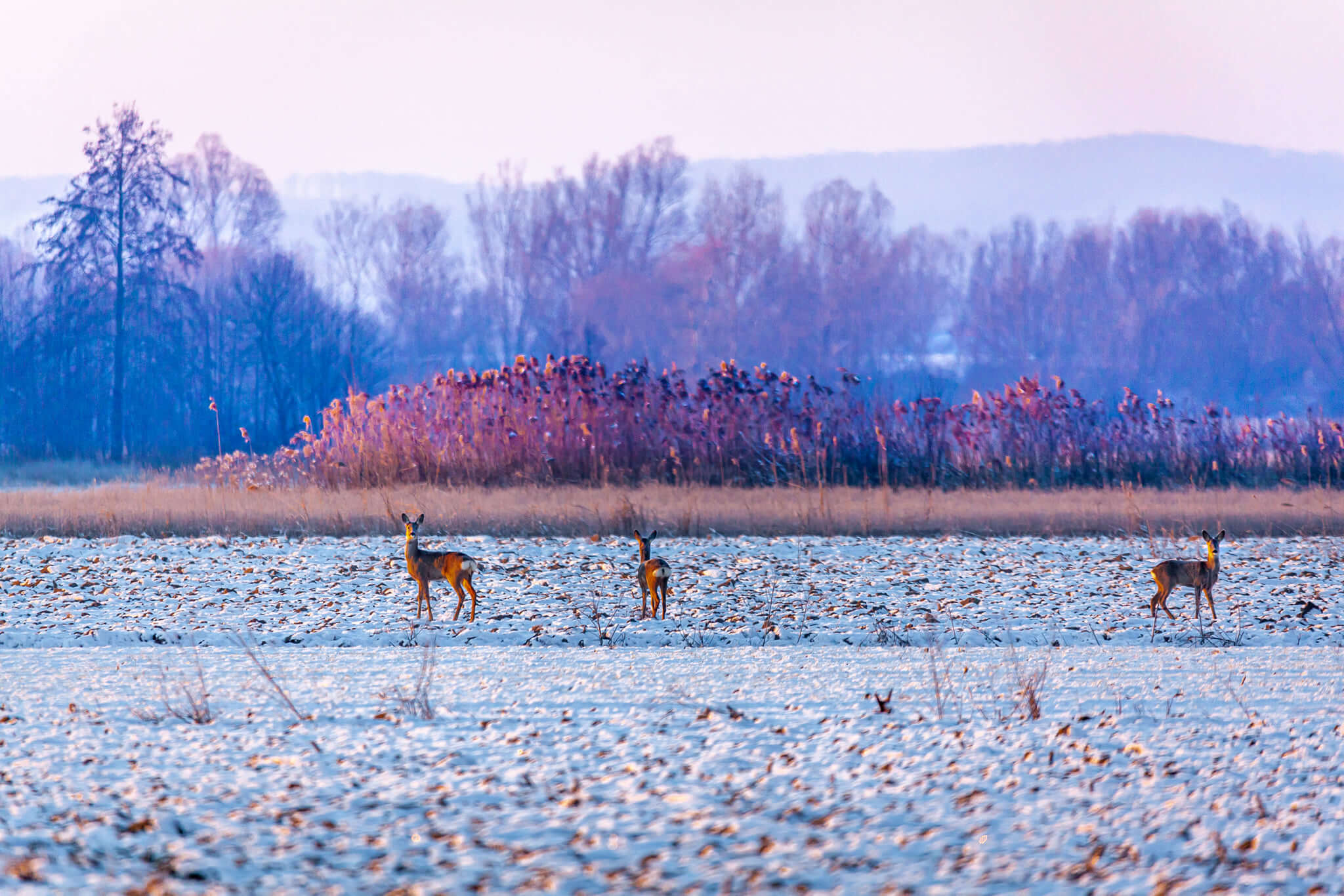 © Ivan Nemet
© Ivan Nemet
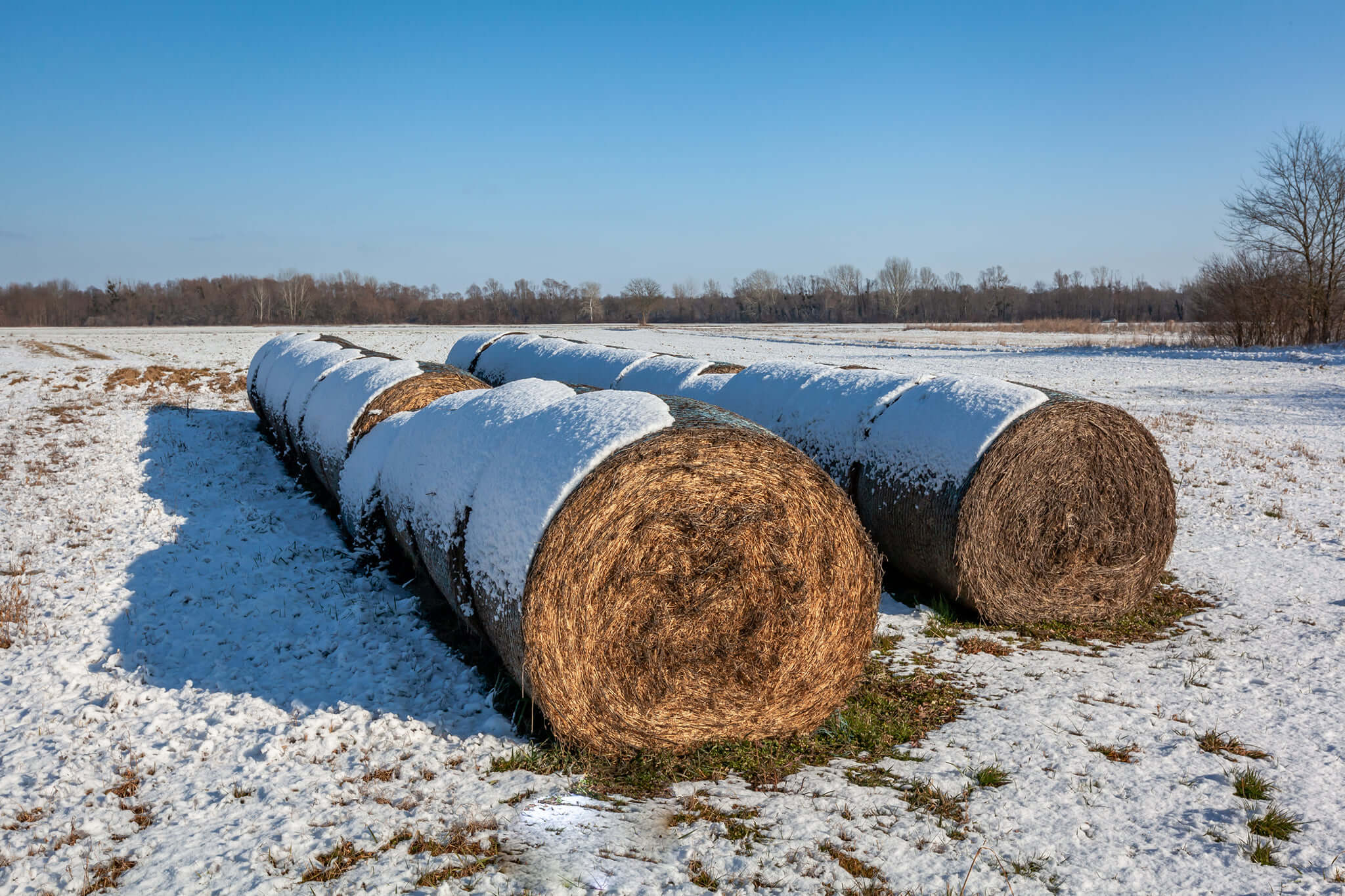 © Ivan Nemet
© Ivan Nemet
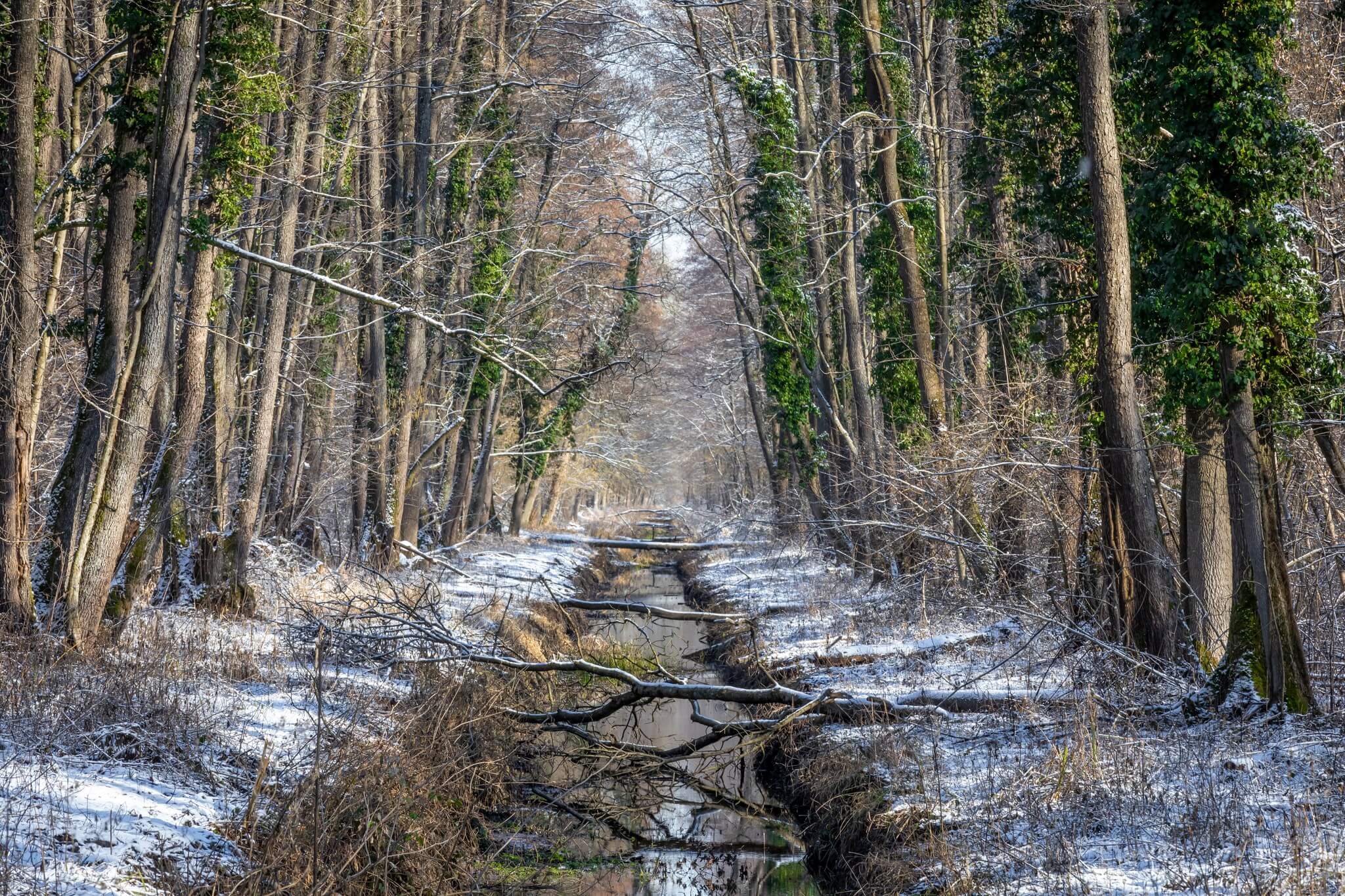 © Ivan Nemet
© Ivan Nemet
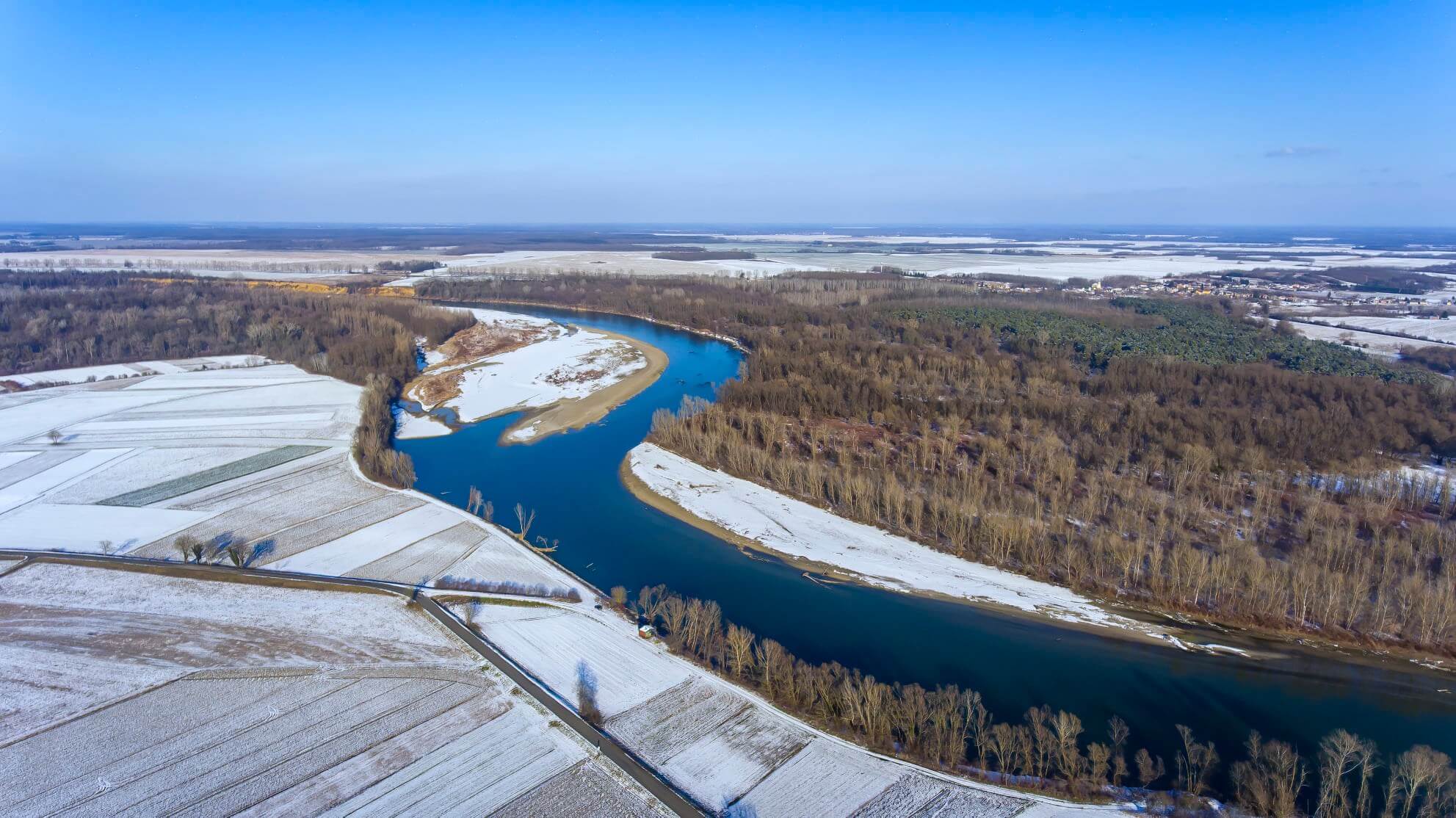 © Ivan Nemet
© Ivan Nemet
For more about the Drava river in Koprivnica-Križevci County look here. For more about the area of Podravina containing Kloštar Podravski and Đurđevac, look here
Slavonski Brod
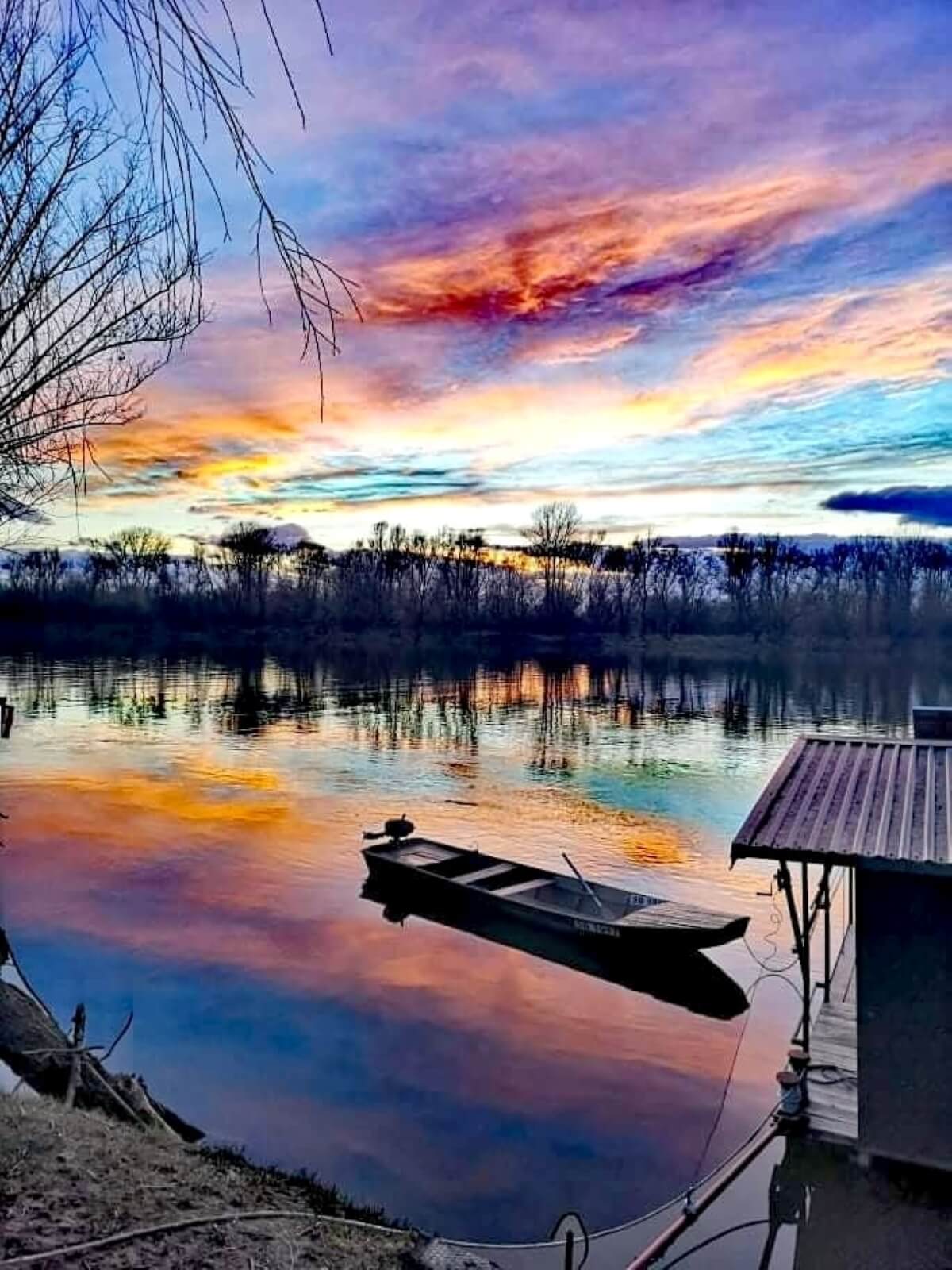 © Mirna Šikić
© Mirna Šikić
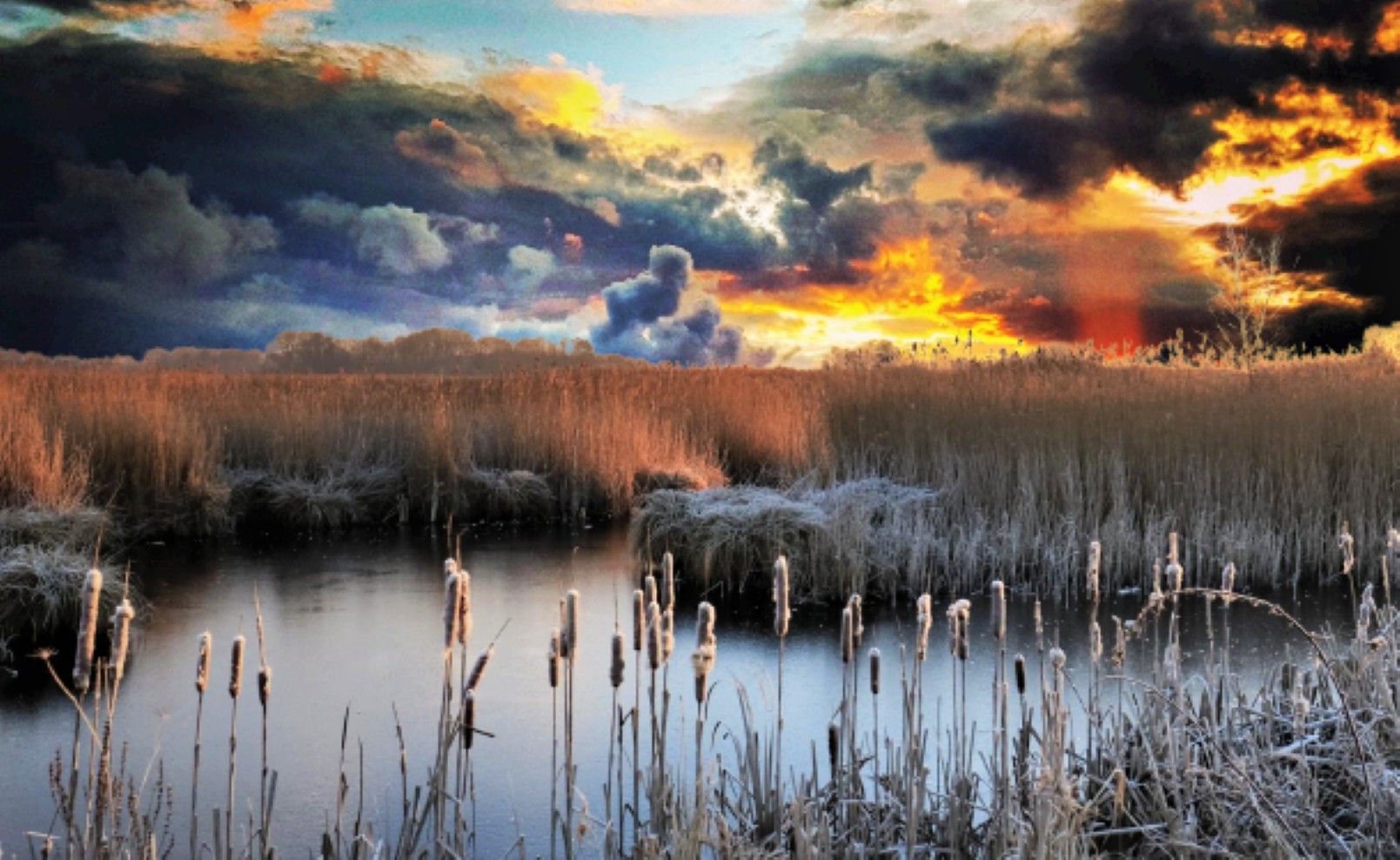 The wetlands and ponds in Oriovac near Slavonski Brod are not only home to fish - over 50 species of birds visit these waters © Antun Lukšić
The wetlands and ponds in Oriovac near Slavonski Brod are not only home to fish - over 50 species of birds visit these waters © Antun Lukšić
For more about Slavonski Brod, look here
Žumberak-Samoborsko gorje Nature Park
 The high peak of Sveti Gera, on the western edge of Žumberak-Samoborsko gorje Nature Park © Domagoj Novosel
The high peak of Sveti Gera, on the western edge of Žumberak-Samoborsko gorje Nature Park © Domagoj Novosel
The author would like to thank each of the photographers who kindly loaned their work to him for this article
UNESCO Beech Trees Can Be Adopted At Paklenica National Park
July 10, 2021 - Paklenica National Park has launched a competition on its Facebook page in which all participants can become adopters of one of the UNESCO beech trees that are part of their World Heritage List by July 14.
Untouched beech forests of the Paklenica National Park are under the strictest protection and are part of the UNESCO property "Beech rainforests and original beech forests of the Carpathians and other regions of Europe". Furthermore, as reported by the Paklenica National Park, healthy and preserved old forests are extremely important in mitigating the effects of climate change.
The lifespan of a beech tree is more than 300 years, and a 100-year-old beech tree, for example, "eats" 2.5 kilograms of carbon dioxide from the atmosphere and releases about 1.7 kilograms of oxygen in one hour. This is the amount of oxygen that 50 people need on average for an hour of breathing. Just imagine how much oxygen one beech produces in your life! In addition, such forest ecosystems represent the habitat of many other living organisms and contribute to the conservation of overall biodiversity.
To support the importance of preserving old beech forests, which are key to mitigating the effects of climate change, and great biodiversity, you have the opportunity to become the “adopter” of beech trees in one of the most valuable and best-preserved beech forests in Europe. In the comments below the post on the Facebook profile of the Paklenica National Park, in short, in five to six sentences, you should write why you should be the adopter of one of the UNESCO beech trees that is on their World Heritage List.
Participants whose most original reasons for the "adoption" of the letter are decided by the jury, become adopters of a tree and get the coordinates of the location where the tree is located so that they can personally visit their tree. In addition, adopters receive an annual pass for free entry to the National Park, a diploma "My beech lives in the UNESCO World Heritage Forest!", a card the name and surname of the adopter with a picture of his/her adopted beech, and to know what happens to the tree, the adopter will be occasionally informed of its condition.
The competition lasts until July 14, 2021, until 14:30, and the selected "adopters" will be published on the Facebook page of the Paklenica National Park, July 16, 2021.
Source: Turističke priče
Visit our 2021 guide on all Croatian National and Natural Parks HERE. Now in your language!
For more, follow our lifestyle section.
Meet HGSS The Croatian Mountain Rescue Service
August 19, 2020 – All weather, all terrain, all year round – meet HGSS The Croatian Mountain Rescue Service, amazing volunteers who will never let you down
They're never far from the news. For the last two weeks, members of HGSS The Croatian Mountain Rescue Service have yet again been on the TV news every night. They're leading the search for a summertime visitor, a Polish hiker missing on Biokovo mountain.
But, watch again this winter and, for sure, they'll be in the headlines once more. Whether, they're scaling mountain ranges in the unbearable heat of high summer, searching underwater caves, flooded rivers or the sea, breaking through wild forest or trudging through metres of snow, they undertake their search and rescue missions over every terrain, in every weather condition, in every month of the year, all across Croatia. And, they all volunteers.
Marc Rowlands meets the head of service for HGSS The Croatian Mountain Rescue Service and three of its volunteers to find out who they are and what makes them do what they do.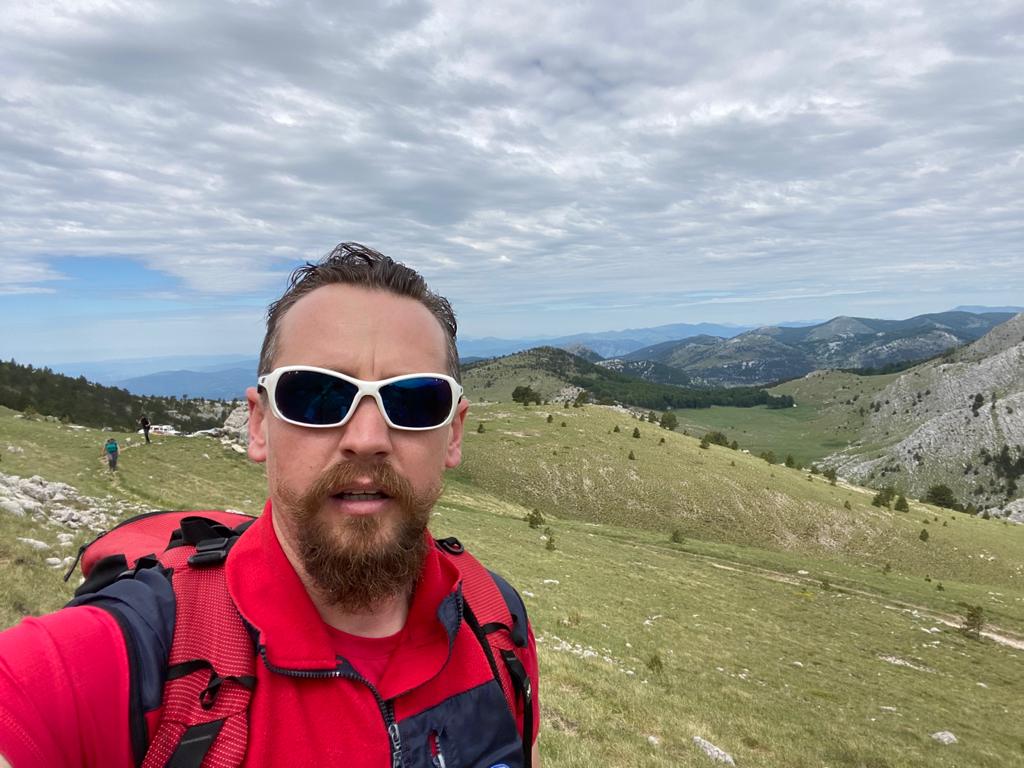
Josip Granić, head of service for HGSS The Croatian Mountain Rescue Service
My name is Josip Granić. I'm the Head Of Service for HGSS The Croatian Mountain Rescue Service. We've had an extremely busy couple of weeks. Being head of service for an organisation like this under such circumstances means you're always on the phone; co-ordinating, talking to outside organisations, members of the press. Communication. It's a 24/7 job, 365 days a year. If people need help, you can't take a holiday. Not at this level of the organisation.
We have around 1000 members. There are 11 paid positions in the main organisation and 25 people we pay to run the administration in each of the teams or stations we have. All of the members who perform the search and rescue are volunteers. We have pilots, surgeons, nurses, students, professors, every part of society.
I'm originally from Kaštela, but my home station is in Karlovac. I've been there for 15 years. I've been Head Of Service for two. Since I assumed the position, I've spent most of my time in the car. I travel all over Croatia.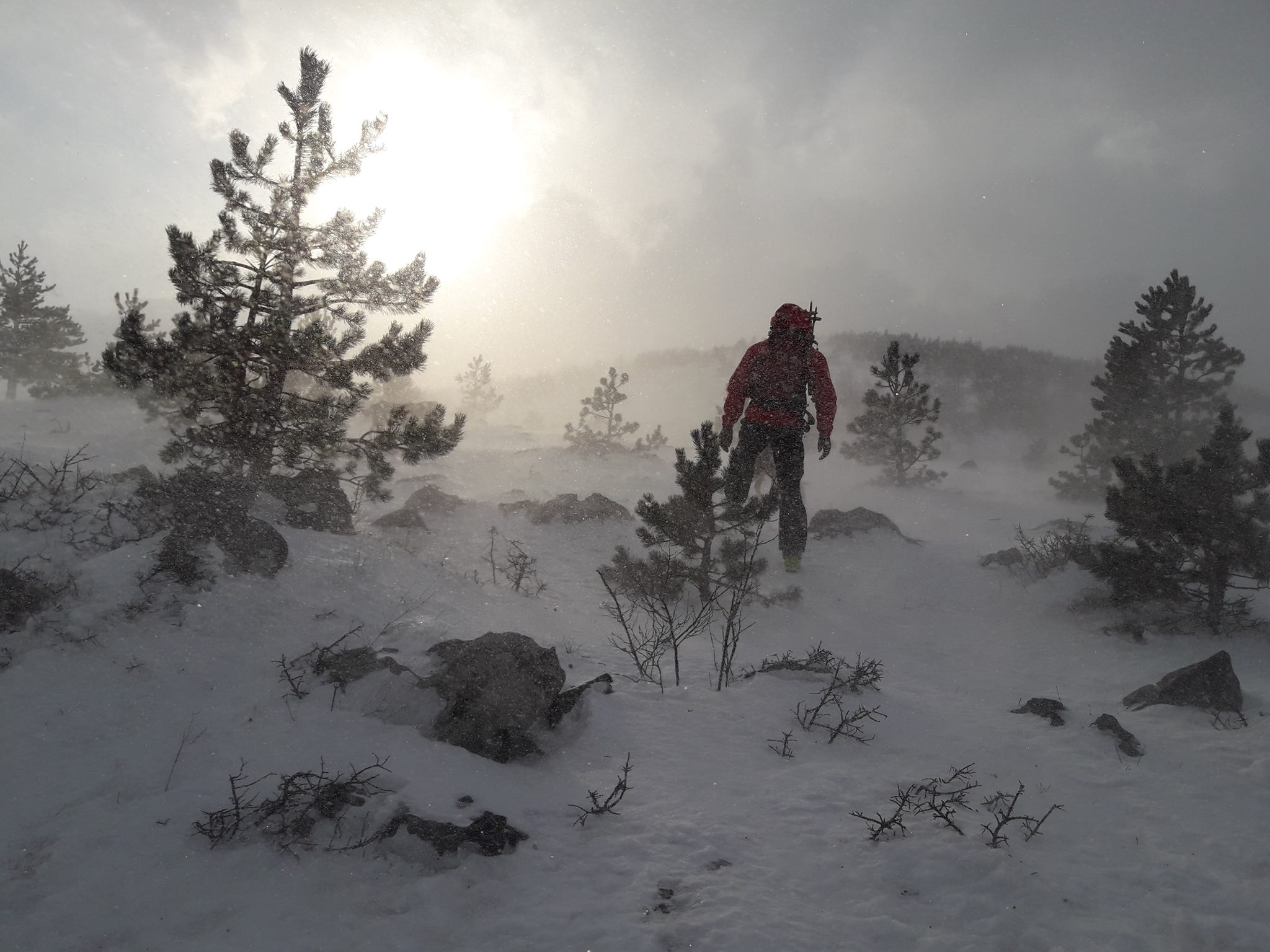
HGSS The Croatian Mountain Rescue Service missions can be hampered by extreme weather conditions © HGSS The Croatian Mountain Rescue Service
To get a certified position as a mountain rescuer in Croatia you all do the same training. It doesn't matter if you come from Slavonia, Dalmatia or Istria, you must have the knowledge and ability to deal with circumstances in any terrain; caves, pits, mountains, on snow, underwater.
Depending on where your station is, the type of call-outs you get could be very different. In Slavonia, 90% are for missing persons - searching forests, rivers, and in floods. We've had a big search on Biokovo mountain for the past 16 days. The stations from Split, Makarska, and Dubrovnik were at first involved, then teams from all over Croatia. It's not the same as Slavonia. The terrain is very different, so you have to be good at a particular set of skills. But, the largest percentage of call-outs is still missing persons. It's 70% of our work nationwide. The other 30% are rescues.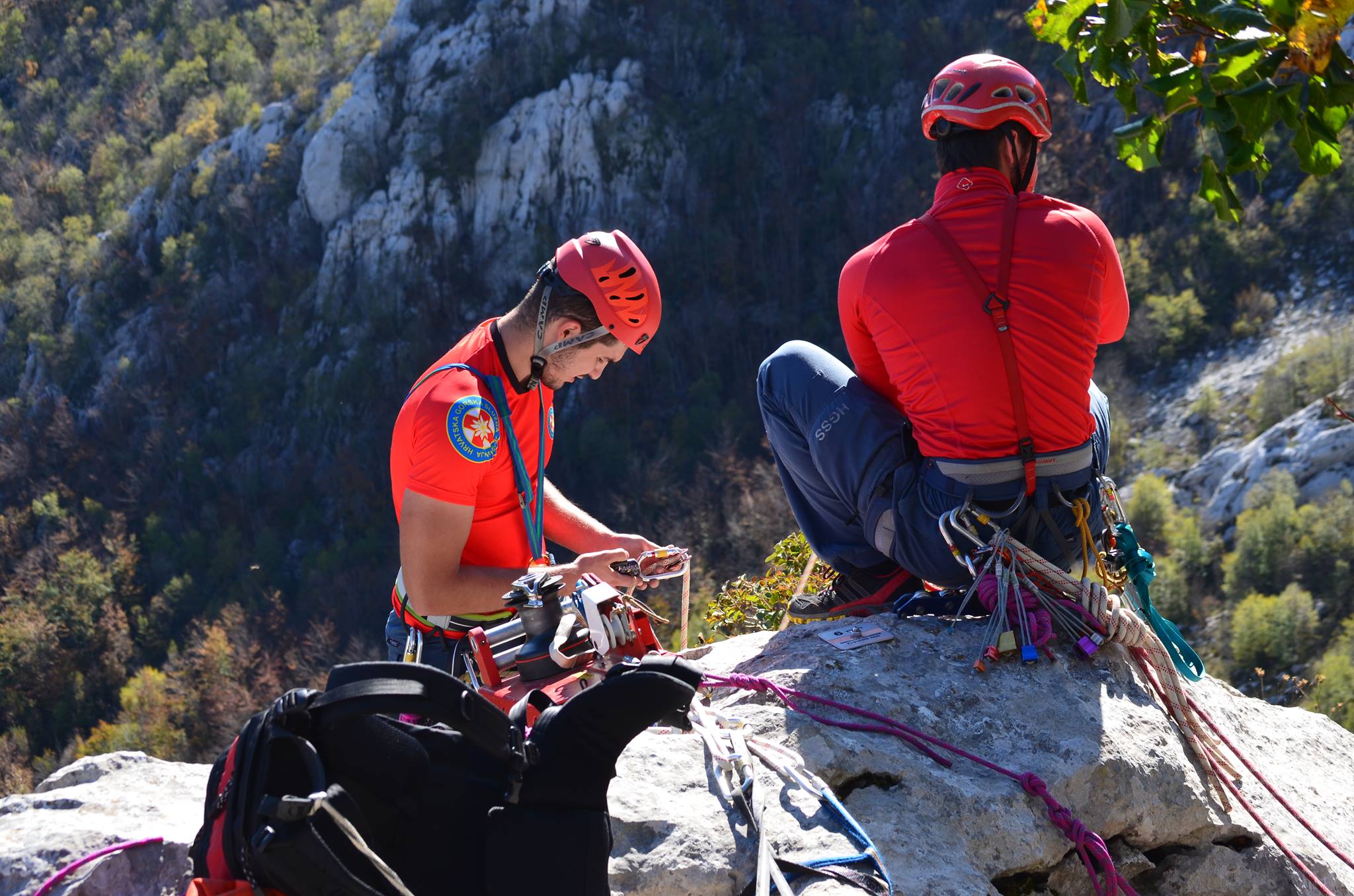
HGSS volunteers are educated to use a wide range of technical equipment. They are trained to operate in all the different kinds of terrain found across Croatia © HGSS The Croatian Mountain Rescue Service
There are usually 800 – 1000 missions a year across the country. We get roughly the same amount of calls in colder months as in warmer months. Only, winter months can be busier. The terrain is more difficult. There are some villages in Croatia – usually where the front line of the fighting was, around Karlovac, Kordun, Lika – and when it snows, it can be almost impossible to reach those places. But, some older people still live there. It can take days to reach them on snowmobiles, then skis, to deliver food or medecine. The other busiest places in winter are the ski resorts - Platak, behind Rijeka, and in Zagreb, on Sljeme. There are teams stationed in those places throughout the snow season.
What's the greatest danger of the job? Almost everything. Nothing in this job is easy. The greatest dangers we face are the same facing those that we rescue - underestimating the environment, nature, the conditions. That's where our training comes in.
In mountain rescue, we separate dangers into subjective, objective and technical. Subjective is the stuff you're guilty of - lack of preparedness, knowledge or equipment. Objective dangers are the ones you can't control, like sudden changes in weather, or avalanche. If you're sensible and informed, there should be no objective danger.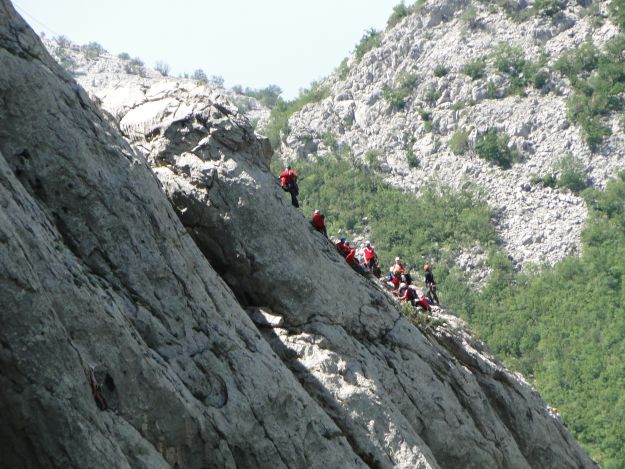
HGSS on a mission, clinging to a steep incline in Paklenica © HGSS The Croatian Mountain Rescue Service "People need to be aware at all times on the mountains. By the time most people think they may be in trouble, they've usually been in trouble for five or ten minutes already" Josip Granić.
80 – 85% of the people we rescue are Croatian. Only 15 – 20% are guests. People from Czech Republic, Slovakia, Poland, (Austria and Slovenia too) tend to enjoy nature more. They like hiking. That's the reason there are typically more rescues for those nationalities than there are for British, Belgian, French, Italian, America, Canadian or Australian guests. I don't remember the specific year, but sometime between 15 and 20 years ago we had a season where 5 or 6 Czech nationals were being searched for or, sadly, turned up dead. The media covered it and ever since there's been this myth that all the people who get into difficulty are Czech.
The question about expensive helicopter rides - why don't you charge the people you rescue - has been here forever. It's like this - if you're a tourist and you have a car accident in Croatia, the fire service, police and an ambulance will come. You won't get charged. We are a tourist country. According to international agreements, we are obliged to make everything safe for residents and guests alike. We are here, just like the fire service and police, to do our part. The Croatian air force is responsible for the helicopter rides and I have to give credit to them - they are crazy good pilots. Amazing. Even if we did charge everyone we saved - and most of the 85% of Croatians we save would struggle to pay - it still wouldn't be anywhere near the money required to run this service.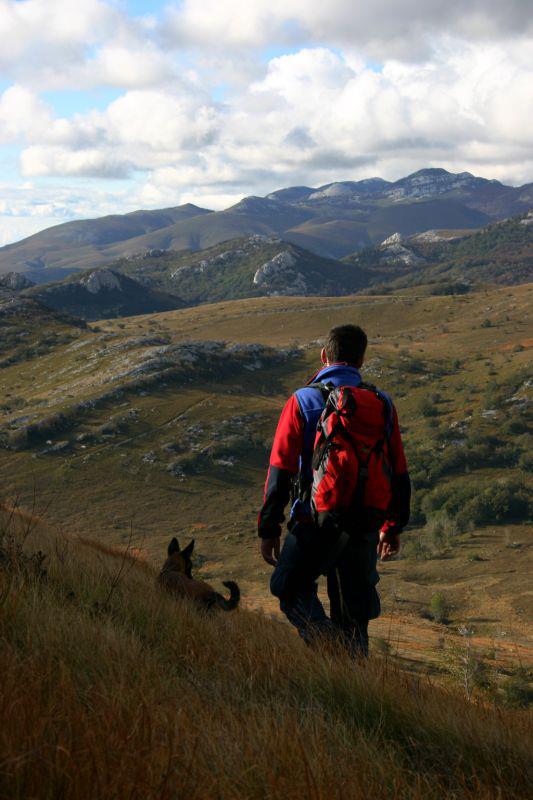
The Croatian Mountain Rescue Service used specially trained dogs on their searches © HGSS The Croatian Mountain Rescue Service
In 2007, I got a new search dog. It came from the Ogwen Valley Mountain Rescue service in North Wales. We cooperate a lot. We were sent out on a job to look for a three-year-old male child who had gone missing near Požega at the beginning of January, wintertime. His grandma was watching him and they were in a house on the edge of the woods. Early in the morning, he was playing with a dog. It suddenly ran into the forest and the boy chased after him. The grandmother didn't see it happen. I found him using my new dog, just after 8 o'clock the next morning. He'd been alone in the freezing forest for almost 20 hours.
Time is really moving fast on a job like that, because it's a kid and because it's so cold. Survival rates in such conditions are not good after 24 hours. When I found him, saw that he was alive, those big eyes looking up at me, it's a crazy feeling. You can't describe it. You can't compare it. A lot of positive emotions.
Every mission is special. We meet them all with the same level of determination and professionalism. But, it's the ones where you know you've really saved someone that stand out in the memory. Not the broken leg, where you transported someone – sure, that's an excellent job. But, when you know you've saved someone's life, that they definitely wouldn't be here now if it weren't for you, that's what makes it all worthwhile.
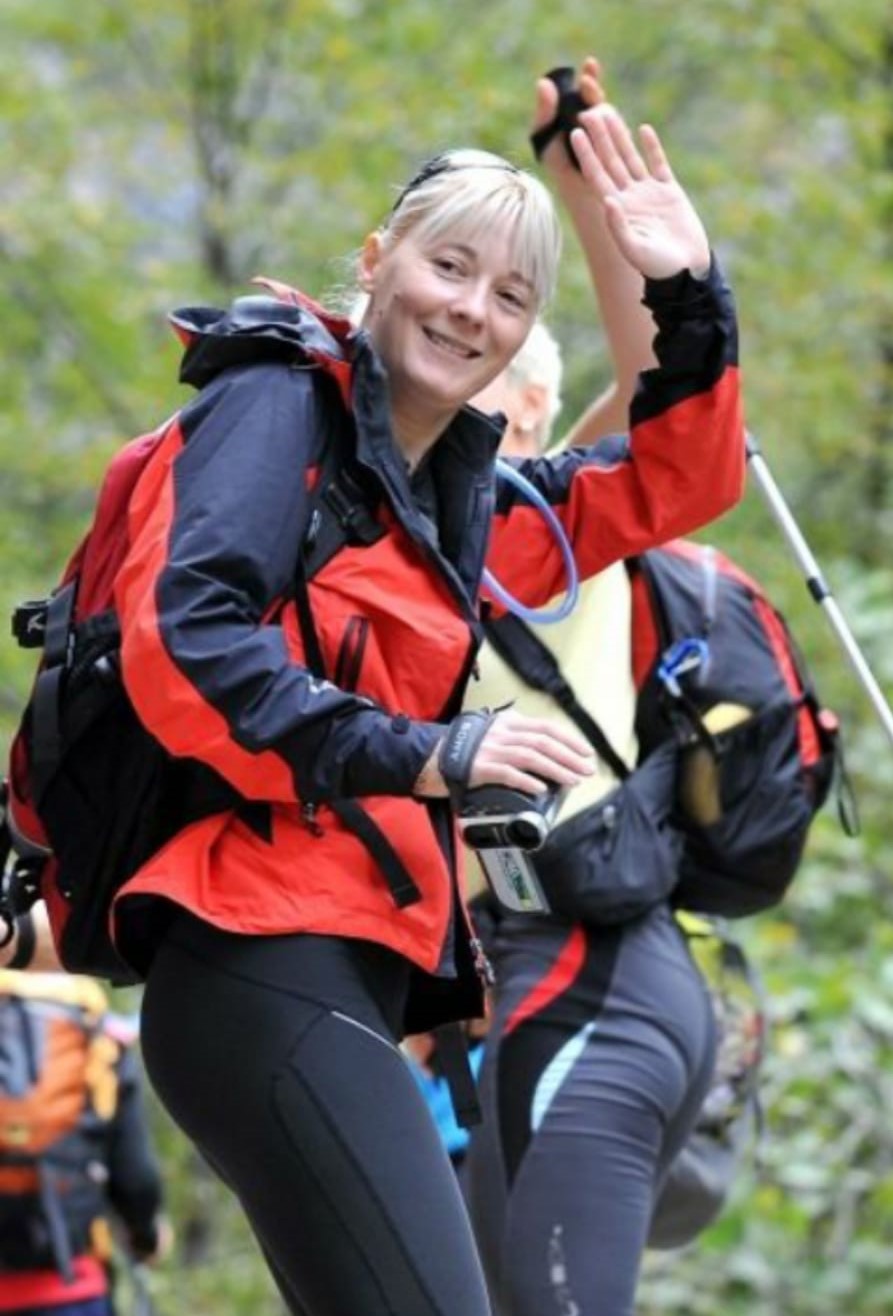
Jana Mijailović, volunteer for HGSS The Croatian Mountain Rescue Service
My name is Jana Mijailović, I'm 48 years old and I'm from Zadar. I finished school to be a teacher, but I never did it. My husband and I run a company that does plastic and aluminium windows for houses.
I started to go into the mountains when I was at high school. I never had the ambition to be part of mountain rescue services – people just noticed me on the mountains. They said I'd be good at it and asked me to join. I met my husband on the mountains. We are both volunteers for HGSS The Croatian Mountain Rescue Service. I've been doing it for 16 years.
I was a member of the first and second all-female Croatian expeditions to the Himalayas. We first climbed Cho Oyu in 2007, then Mount Everest in 2009. Croatia is the only country in the world that has only one successful male climber of Mount Everest, but four successful female climbers. I sometimes work as a guide too. I guess you could say I'm all about the mountains.
Being a climber, an Alpinist, I know that if I get into trouble, it's only my HGSS colleagues who can help. I feel this instinctively. I cannot be in the house, safe and warm, knowing that maybe someone needs help that only I can provide.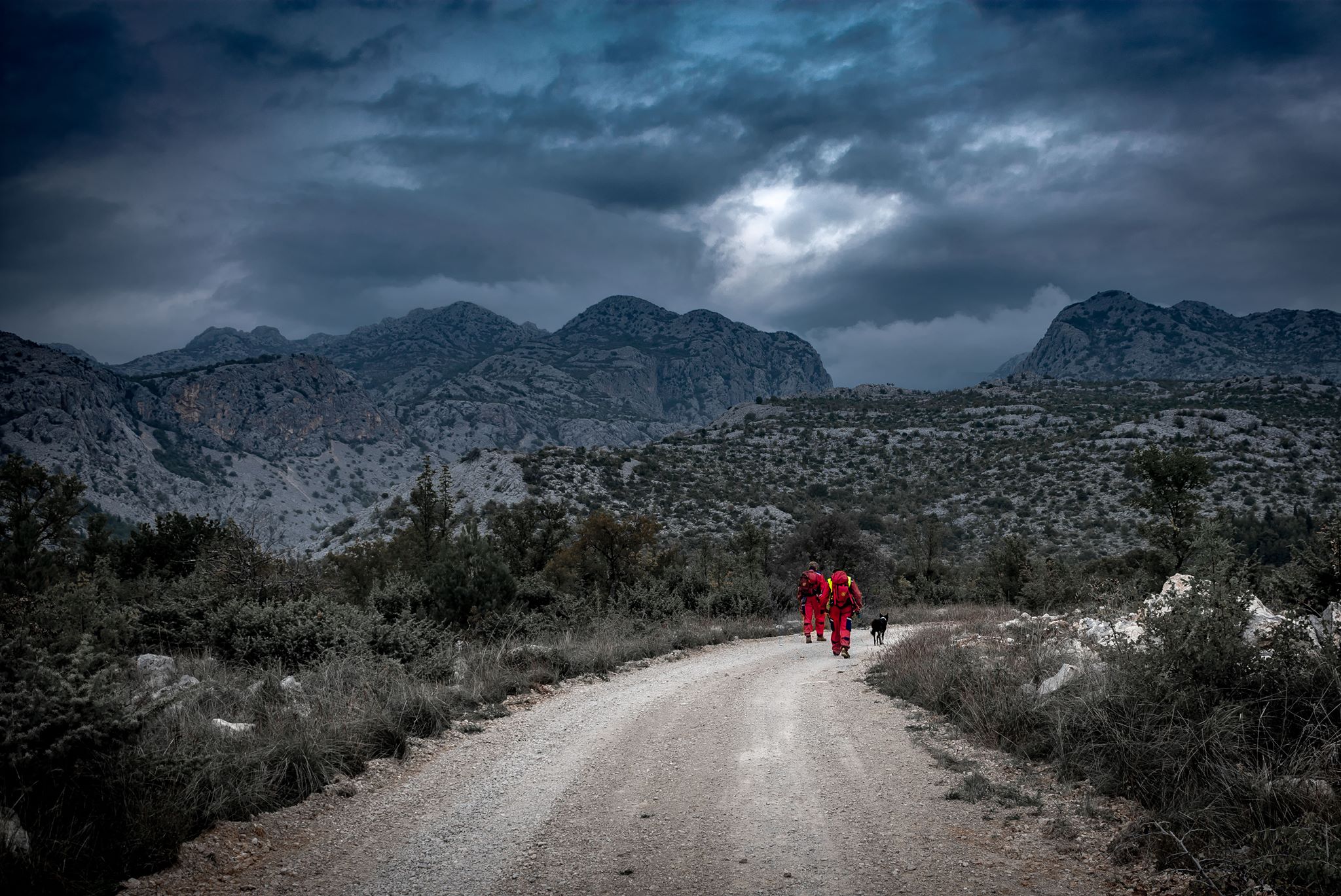
HGSS The Croatian Mountain Rescue Service members entering Paklenica under foreboding skies © HGSS The Croatian Mountain Rescue Service
I've really been on so many expeditions with HGSS. My station are on duty in the season at National Park Paklenica and I'm now the coordinator. Climbers from all around the world come and so there are many interventions. None of them are easy because the terrain is incredibly difficult. You really have to be in shape and know the techniques inside out.
I'm very proud of my statistics. Everyone I've rescued, who was alive when I reached them, is still living today. Unfortunately, not everyone we reach is alive when we arrive.
I remember one time, my husband and I were having dinner. We were arguing about the techniques and knots for moving a stretcher down a vertical climb. The training is so intense, you really have to know it well, and I guess that's just the kind of people that we are, that we would be arguing about it in our free time. Ha! He told me, "Why do you care? You'll never have to do that," because usually, it's really strong guys who do that specific job. If you're on a 400-metre-high section of rock, it really takes a lot of muscle.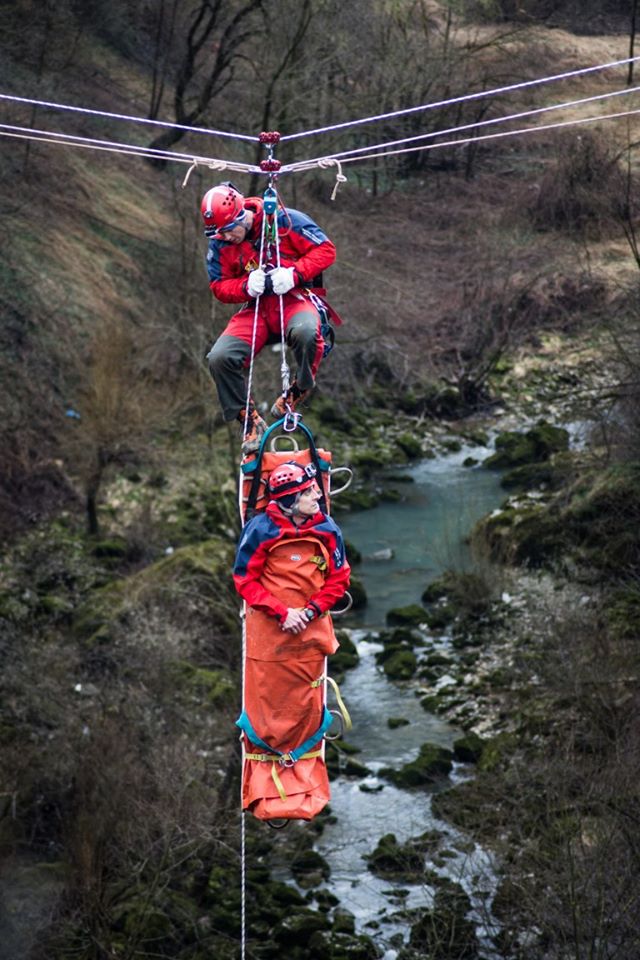
Ascending from a valley floor or descending from a mountain peak with a stretcher is a technically difficult operation, often hindered by darkness and adverse weather conditions. It requires a lot of training and a lot of muscle © HGSS The Croatian Mountain Rescue Service
In the evening, just two days later, we were called out to rescue an Italian guy who broke his leg on Anića Kuk. It's a really mighty part of the stone. And the leader of the expedition asked me to go on the stretcher. They pull you down on the ropes and you have to push very hard to keep the stretcher, the person you're carrying and yourself away from the rock, while balancing the weight of all three. It was dark, raining and with lots of Bura, the incredibly strong wind that sometimes hits us. That's probably my most memorable rescue.
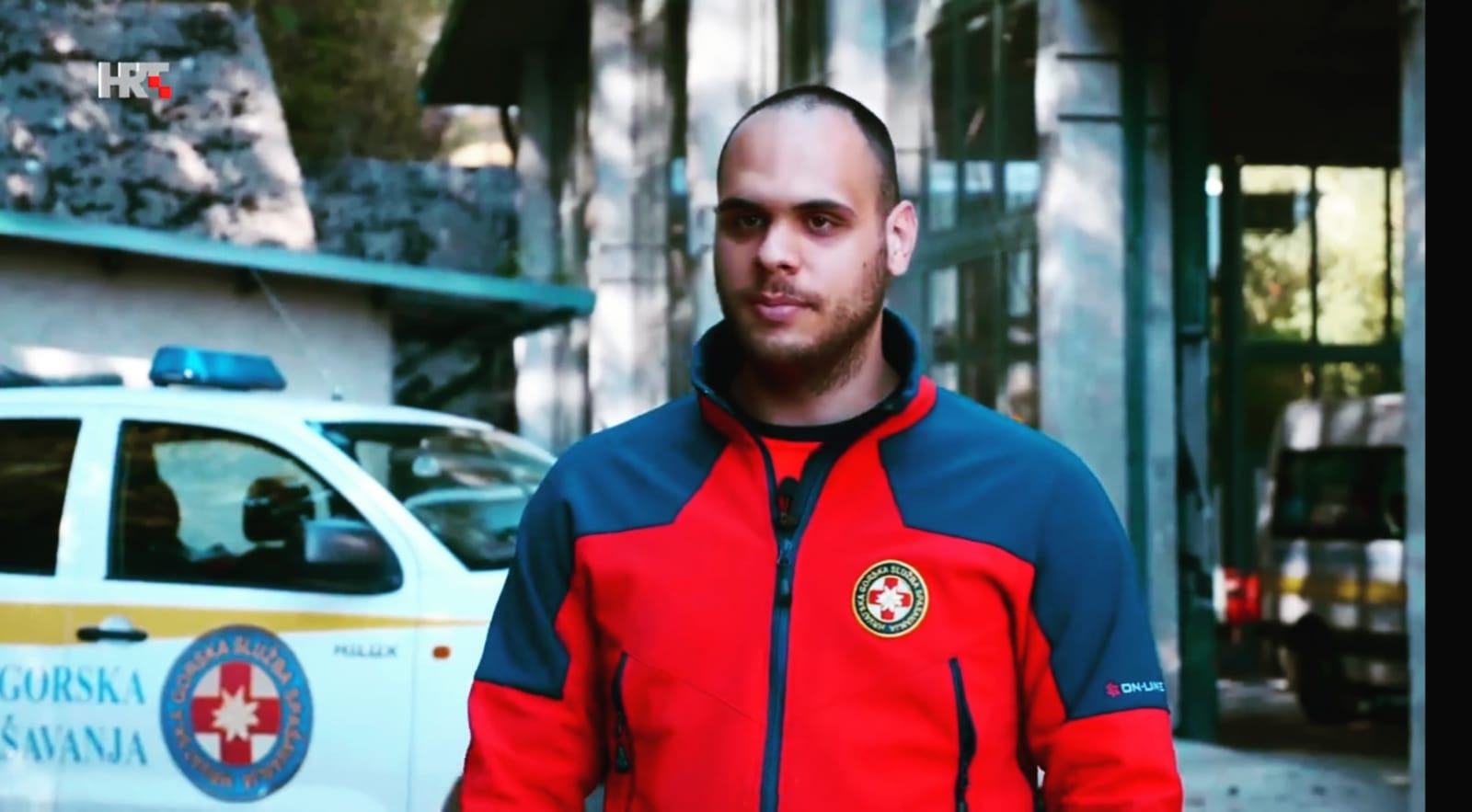
Petar Prpić, firefighter and volunteer for HGSS The Croatian Mountain Rescue Service
My name is Petar Prpić, I'm 25 years old and I'm from Hrvatska Kostajnica, just on the Croatian-Bosnian border. My station is in Novska. In my full-time job I'm a professional firefighter. I guess I have two dangerous jobs. Well, one job and one hobby.
I've always been interested in the outdoors – mountaineering, hiking, canoeing. But, that's not why I joined HGSS The Croatian Mountain Rescue Service. I just wanted to help people. I don't know, I guess it's just something in me.
We have a lot of rivers in our area. During the times of flood, we get a lot of call-outs. Our part of the country has a high percentage of elderly people in the population. A lot of them live in small villages, on the edge of the forest. We get a lot of call-outs for searches. Especially in the autumn when people go out looking for chestnuts or mushrooms. But, like all the stations in Croatia, we are here year-round if there are any actions in other parts of the country that need us.
In some areas, HGSS The Croatian Mountain Rescue Service are frequently called out in response to flooding. This picture shows HGSS members on operation during the 2014 floods. In that year, flooding across the whole region was so bad that HGSS members operated not only in Croatia, but also donated their services to neighbouring Bosnia and Serbia © HGSS The Croatian Mountain Rescue Service
I was just on the search in Biokovo. The head of service called me and asked me to go. I first had to get some free days from my job. I called my boss, Zvonimir Ljubičić, chief of the fire department. He's great, very understanding, and he gave me permission. Two years ago I was called to Rab. Very hard operation, very difficult terrain.
Late last summer, we were called out to look for an older man near Glina. It was around 11 o'clock in the evening. He'd gone to look for mushrooms in the afternoon and never came back. Police were there and they sent for us.
The man had a cell phone on him, but there was no signal. There was no location given off the phone. We were a team of four, split into two teams. We went up into the woods above Glina and concentrated our search on areas where we could see there was no telephone signal on our phones. We were yelling in the dark. After an hour of search, someone answered. He'd been missing since 2pm. We found him at 2am. He was just lying there, uninjured but unwell, unable to move.
The reason it sticks in my mind is that the next day, in the morning, his daughter called me. She was so thankful, so emotional. For sure we saved his life. None of the other emergency services who were present could find him. It was down to us. We finished the operation at about 6am and then all four of us had to go immediately to our regular jobs.
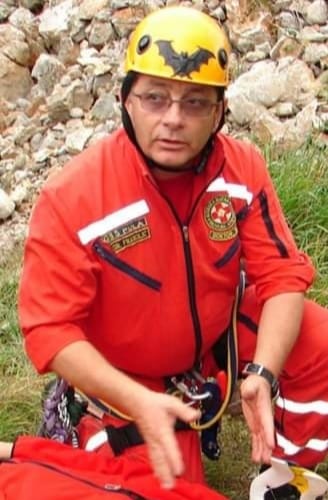
Mario Franolić, physician, ex-commando and volunteer for HGSS The Croatian Mountain Rescue Service
My name is Mario Franolić and I'm 60 years old. I'm the chief of the mountain rescue service in Istria. I travel throughout Croatia because I'm also an instructor for the medical commission of HGSS. I was born on island Krk. I'm based in Pula although I work in Rijeka. I travel a lot between the two. I've been with HGSS The Croatian Mountain Rescue Service for 18 years.
In my day job, I'm a physician. I am a senior mentor at the Institute for Underwater and Hyperbaric Medecine in the Clinical Hospital Rijeka. I'm an expert in my field of emergency medecine. I've been doing it for almost 30 years.
When I was young, I trained to be a physician in Belgrade. It was then the best medical faculty in Yugoslavia. At the same time, I also started spelunking (cave exploration). I've been doing it since 1978. Later, I was a physician in the military underwater commando unit. I lived in Austria for five years, but when I came to Pula, they were just starting the HGSS The Croatian Mountain Rescue Service station here. They asked me for help because they didn't have any medical professional on the team. I accepted. It would be a waste not to use all these skills I have.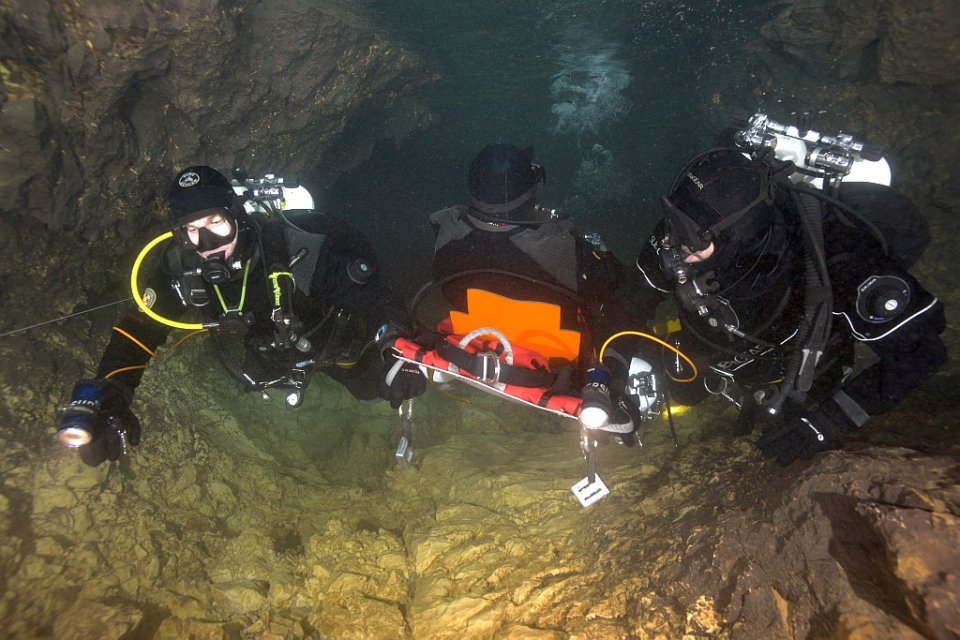
Specialist teams from HGSS are trained in underwater rescue from caves. Such caves exist all over Croatia in the karst rock, and also on some islands © HGSS The Croatian Mountain Rescue Service
Sometimes, our status as volunteers can give us problems. Although we have official duties, we are more like an NGO than something like the police. There can be legal implications. I remember one situation, very acute because a paraglider fell from the sky. None of his colleagues saw him fall. Paragliders go into the air together, but then they each branch off to do their own thing.
We had no idea about the location. We started from the last point of sighting, knowing that it could be very far from the place where he actually fell. But, we had to start somewhere. We had one mobile phone signal direction. But, you need three in order to locate someone. We only had a line on the map.
In the past, HGSS The Croatian Mountain Rescue Service sometimes had difficulties because the telephone companies wouldn't give us the information we needed in order to triangulate the position of a missing person. They would only give it to the police. But, it's a race against time. We searched for this man all day and all night. In the morning, some Croatian paragliders made private contact with a guy from the phone company. They begged him to release the information we needed. Although he could lose his job, giving such information to private citizens, he did it.
We found the man about 150 metres from where we were. Sadly, he was already dead. It was very small comfort to see that he had died instantly, on impact. It's unbearable when you reach someone you could have saved if only you had got there quicker, especially in an instance such as this, where we were hindered by a lack of information that was available. I think it moves more quickly now, but still we have to go through the police.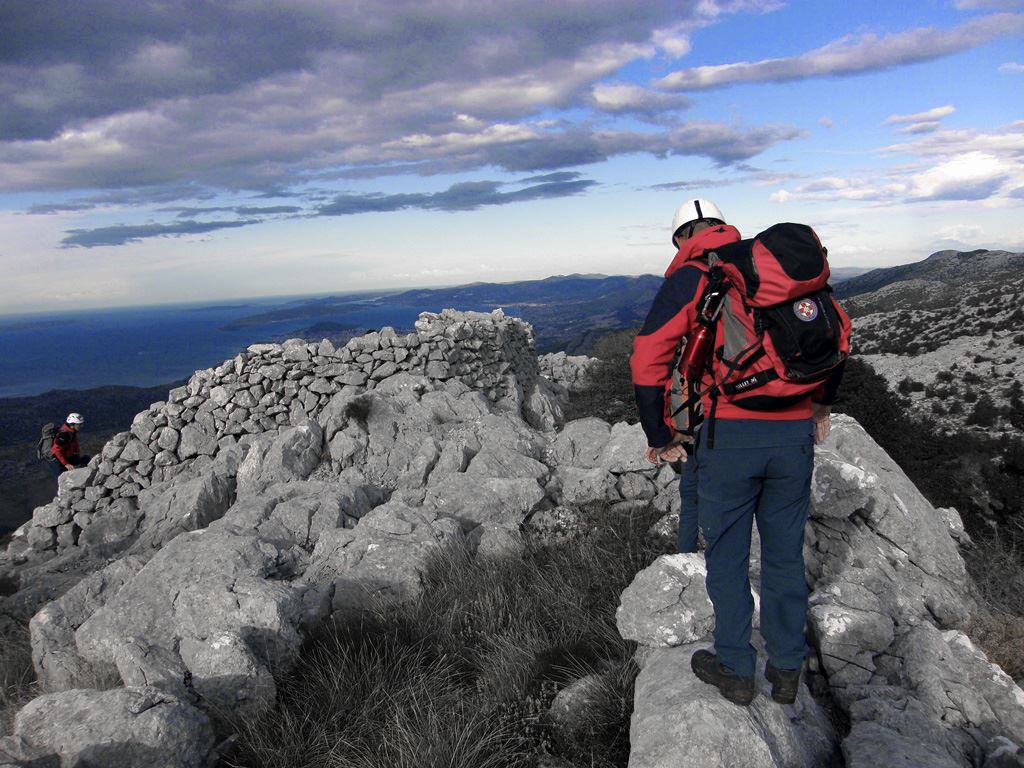
© HGSS The Croatian Mountain Rescue Service
One of the most emotional operations I went on was around five years ago, the rescue of a young girl - maybe two and a half to three years old – who got lost in the woods in a small place in central Istria. She chased into the forest after some dogs around 10 or 11 in the morning. The family saw immediately that she had disappeared and started to search. About two hours later, we were called out. It was impossible for the family to find her.
About 300 people came – my station, the Rijeka station, hunters, firemen, police and volunteers. In such an operation, the police are the lead service. But, 99% of the time they leave the organisation of the search to HGSS The Croatian Mountain Rescue Service. We are the only organisation who is very well educated in organising searches. When other people do searches, they use intuition. But, people all have different intuition. It can be chaotic. We are highly trained for this. There are procedures, recognised internationally, that we follow. We found her early in the morning, at around 7 o'clock. The dogs were lying on each side of her, giving her warmth.
All photos courtesy volunteers and HGSS The Croatian Mountain Rescue Service
Starigrad in Spotlight as Location for Latest Winnetou Film
October 12, 2019 - The latest Winnetou film will begin filming at Paklenica National Park in Starigrad in early September 2020. Directed by Mike Dietrich with Ivica Zdravkovic in the starting role, Winnetou films have been the most-watched in Germany for years - and they've no doubt done their part in promoting Croatia.
Novi List writes that in about a year, Paklenica National Park will once again transform into a film set and play the central location of the popular Native American chief Winnetou.
The next Winnetou film should begin shooting in September next year. Director Mike Dietrich arrived in Croatia this week and is staying at the Vicko hotel, the long-time Croatian base for all activities related to Winnetou, which for many years has been known as one of the most successful films in Germany.
Dietrich arrived in the company of the main actor Ivica Zdravkovic and was welcomed by the Vicko owner Zoran Katic, the director of the Starigrad Tourist Board Marjana Marasovic, the owner of the Rajna tourist agency Marin Marasovic and the director of Paklenica National Park Natalija Andacic.
The tourism leaders of the old town welcomed their guests from Germany, aware of the immense promotional value of Winnetou - a wildly famous and fictional Native American hero in the German novels written by Karl May.
The popularity of Winnetou in Germany is evidenced by the fact that there are theme parks in the country, like Pullman City, in the heart of Bavaria.
“Pullman City is a real cowboy city with all the elements. So far, more than one million euros have been invested in it, and our plan is to continue expanding, enriching our program, extending our show, which will last an hour and a half next year, and will be announced, among other things, by a promotional video which we will record here,” Zdravkovic said in Starigrad, who is originally from Prokuplje.
The group toured some of the locations of the future film set, which attracted the attention primarily of German tourists who found themselves at the entrance of the Paklenica National Park at the right time.
What makes this area so unique for Winnetou films?
“It is a combination of your incredible nature, the harmony of the blue sky and the white rocks that do not need film filters. And when we add to that the base - the romantic, inspirational lyrics of author Karl May, it's clear why our chief is so popular,” Dietrich summarized.
“The first film was shot in Paklenica in 1962, but after that film, seven other films were made in Croatia, out of a total of 11 films made so far,” emphasized Katic.
Winnetou has attracted several tourists to Starigrad, a Winnetou convention was held, and anyone interested can find marked movie locations in the area. A Winnetou study tour has even been offered.
“Winnetou is a powerful promotional tool that we are very aware of here,” Marasovic emphasized.
Katic agreed, who joined the project with colleagues from the Association of Small and Family Hotels, who also recognized their interest in the story of the Apache tribe.
According to him, the Winnetou project has a lot of tourism potential because there is no German who has not heard of the character.
“I am happy to have the opportunity to be Winnetou, that I am here in Starigrad, in the national park where the scenes are filmed, where I first saw the sea, and that I am part of a project that means a lot to me. My heart is full,” Zdravkovic concluded.
To read more about lifestyle in Croatia, follow TCN’s dedicated page.
CRO Race: Dusan Rajovic Wins Fourth Stage from Starigrad-Paklenica to Crikvenica
October 5, 2019 - Serbian road cycling champion Dusan Rajovic, a member of the Slovenian Adria Mobil team, won the 155-kilometer fourth stage of the CRO Race, which traveled from Starigrad-Paklenica to Crikvenica on Friday. Kazakhstani cyclist Yevgeniy Gidich of the Astana team leads in the overall standings.
HRT reports that Rajovic, the winner of this year's edition of the Croatia-Slovenia race, was convincingly faster in the final sprint in Crikvenica than second-placed Italian Paolo Simion (Bardiani CSF) and Australian Heinrich Haussler (Bahrain-Merida) in third. In addition to the top three, the only cyclists to receive the same time was the 2015 Tour of Croatia winner, Maciej Paterski (Wibatech Merx), who jumped to third place in the overall standings.
Croatian champion Josip Rumac (Androni Giocattoli) also achieved an excellent result in the fourth stage, finishing sixth just four seconds behind the winner.
After the four stages, Gidich leads six seconds ahead of the second-placed Australian Alexander Edmondson (Mitchelton-Scott), and 12 seconds ahead of Paterski in third.
Austrian Markus Wildauer (Tirol KTM) keeps his green shirt for the best climber, while German Georg Zimmermann (CCC) wears white as the best young cyclist, and Australian Alexander Edmondson (Mitchelton-Scott) wears blue.
The fourth stage drove along the Adriatic highway from Starigrad in Paklenica National Park to the center of Crikvenica.
The cyclists used the beautiful weather to their advantage, and during the first hour, the average speed was as high as 48.7 kilometers per hour. The leading cyclists managed to escape from the group after 40 kilometers, and they included Italians Mirko Maestri (Bardiani CSF) and Samuel Rivi (Tirol KTM), Canadian Alexander Cataford (Israel Cycling Academy), Austrian Matthias Krizek (Felbermayr Simplon) and German John Mandrysch (P&S Metalltechnik).
These five quickly created a three-and-a-half-minute advantage, but couldn't move further, as Krizek and Mandrysch were only 2:24 minutes behind the leading Kazakhstani Yevgeny Gidich (Astana) in the overall order. Astana came to the forefront of the leading group and controlled the difference. Cataford was the best in the climb, while Mandrysch was first approaching Crikvenica.
Just before the start of the second ascent to Dramalj, Slovene Jan Tratnik (Bahrain-Merida) stood out from the leading group. Tratnik managed to stay in the lead until a kilometer before the finish when the group finally caught up. A technically demanding finish followed in Crikvenica with three tight turns that caused the fall of a few drivers. Rajovic did best in the chaos.
RESULTS
1. Dusan Rajovic (ADR/SRB) 3:30:24
2. Paolo Simion (BRD/ITA)
3. Heinrich Haussler (TBM/AUS)
4. Maciej Paterski (WIB/POL) all with the same time
5. Alexander Edmonson ( MTS/AUS) +4 sec
6. Josip Rumac (ANS/HRV)
OVERALL
1. Yevgeniy Gidich (KAZ)
2. Alexander Edmondson (AUS) + 6
3. Maciej Paterski (POL) +12
To read more about sport in Croatia, follow TCN's dedicated page.
UNESCO World Heritage: Primeval Beech Forests - Northern Velebit and Paklenica National Parks
TCN's Filipa Marušić gives us a closer look at just why these incredible parts of the country deserve much more attention than they get.
Beech Forest in Croatian National Parks Joins UNESCO World Heritage Site
The UNESCO World Heritage Committee was held from July 2-12, 2017 in Krakow, Poland.
Primeval Beech Forests of Northern Velebit and Paklenica National Parks Make the UNESCO List
Croatia was added by extending the existing list of Primeval Beech Forests, which now includes 12 countries
Take a Hike: Top 5 Hikes in Croatia
It’s fall, and with the season’s changing we thought we’d bring you some off-season activities that are sure to keep you active and out in the colder months. While it’s hard to say what truly are the five best hikes in Croatia, TCN thought we would narrow the options down as best as we could. Remember, this season is ideal for hiking in Croatia and there are several places in addition to the ones mentioned to venture to - don't miss out!
With that said, here are TCN’s picks for top 5 hikes in Croatia.


